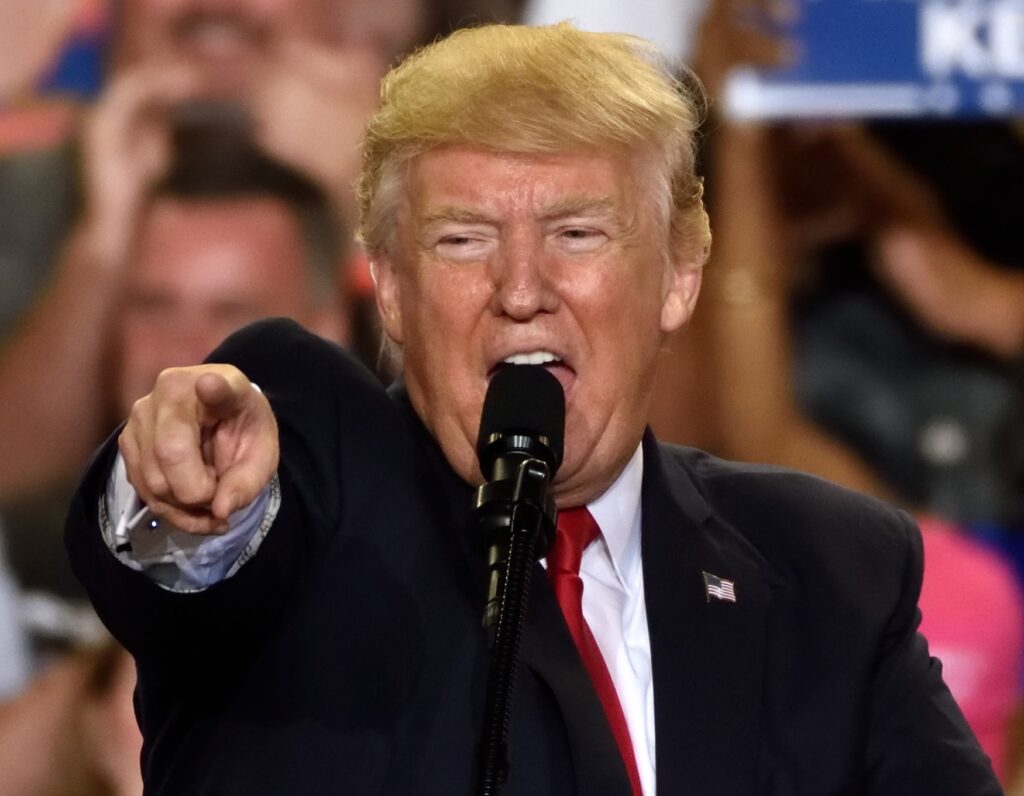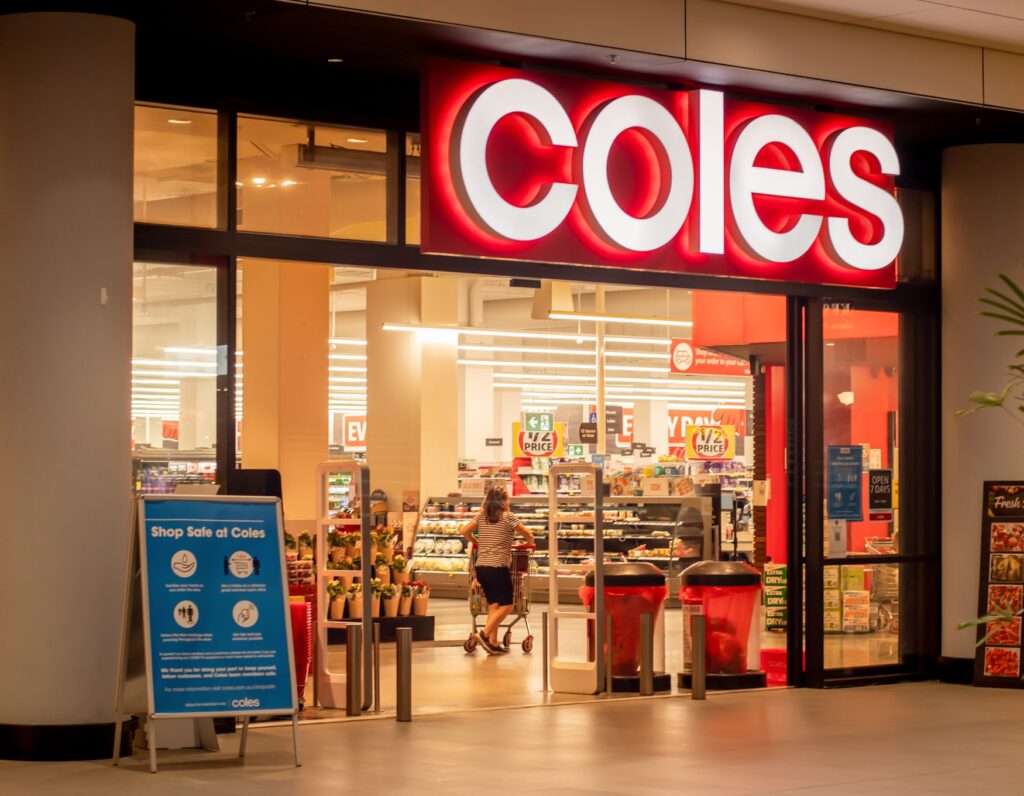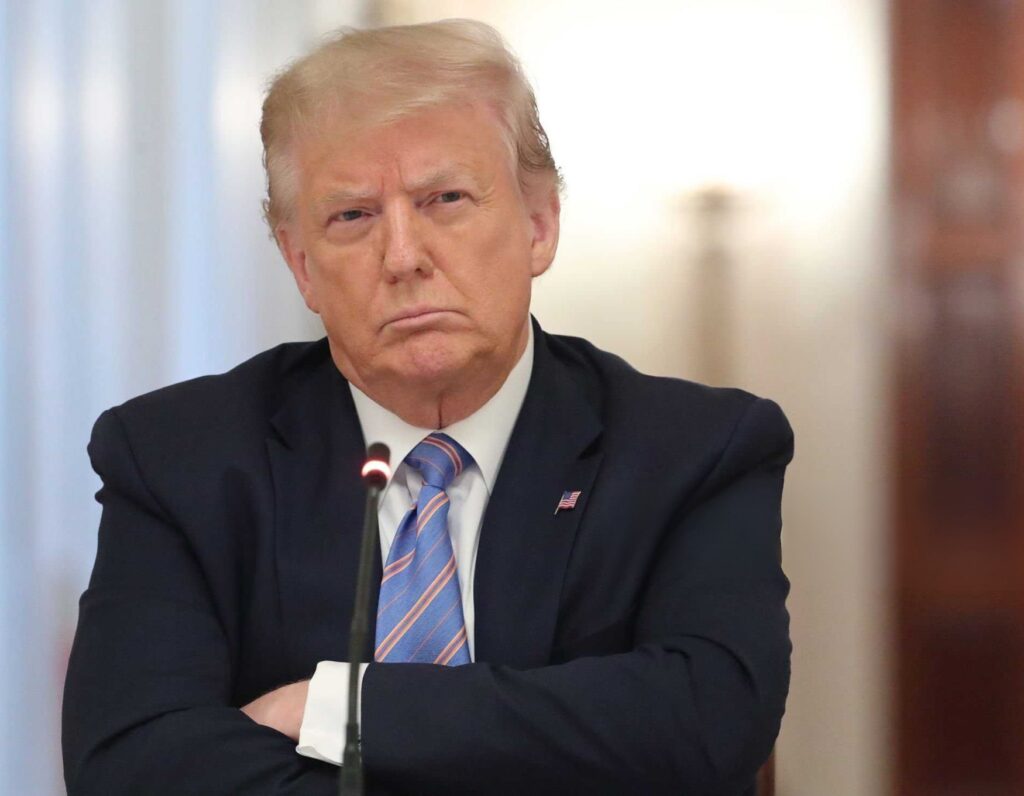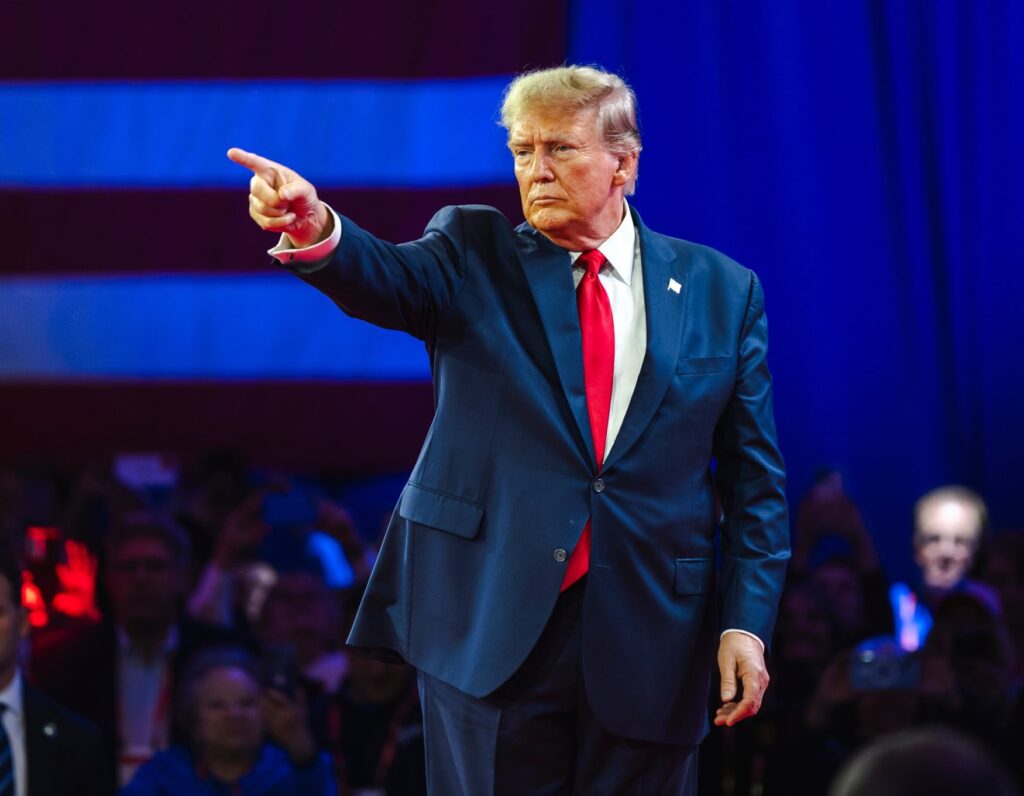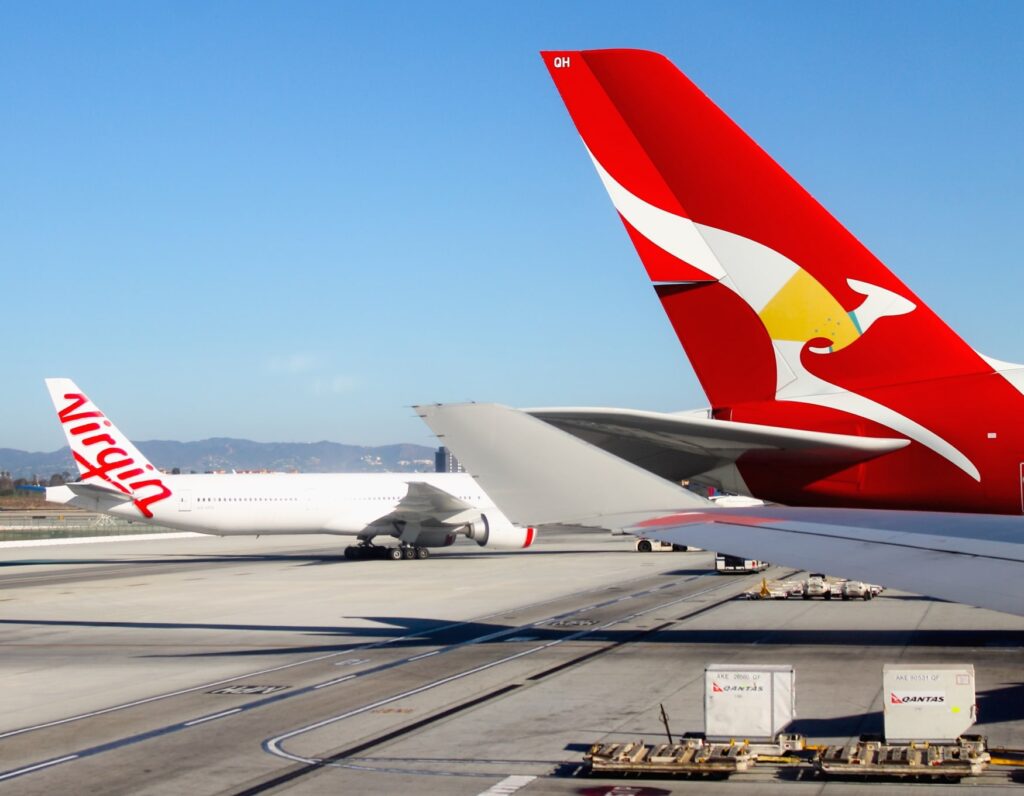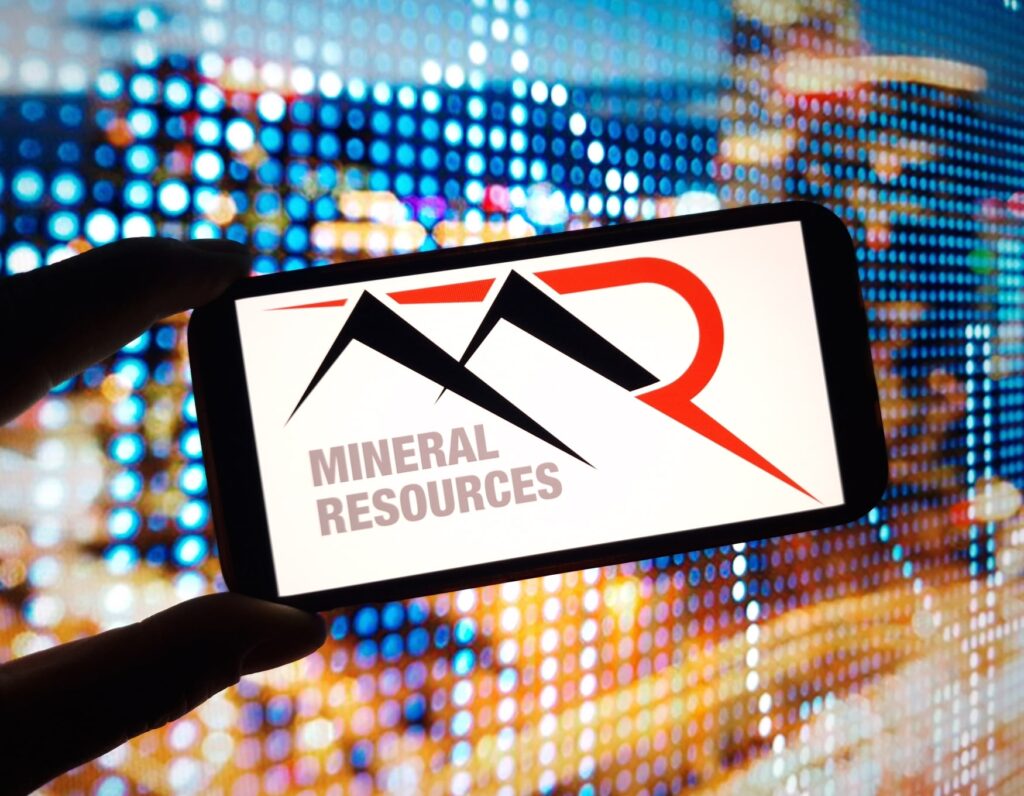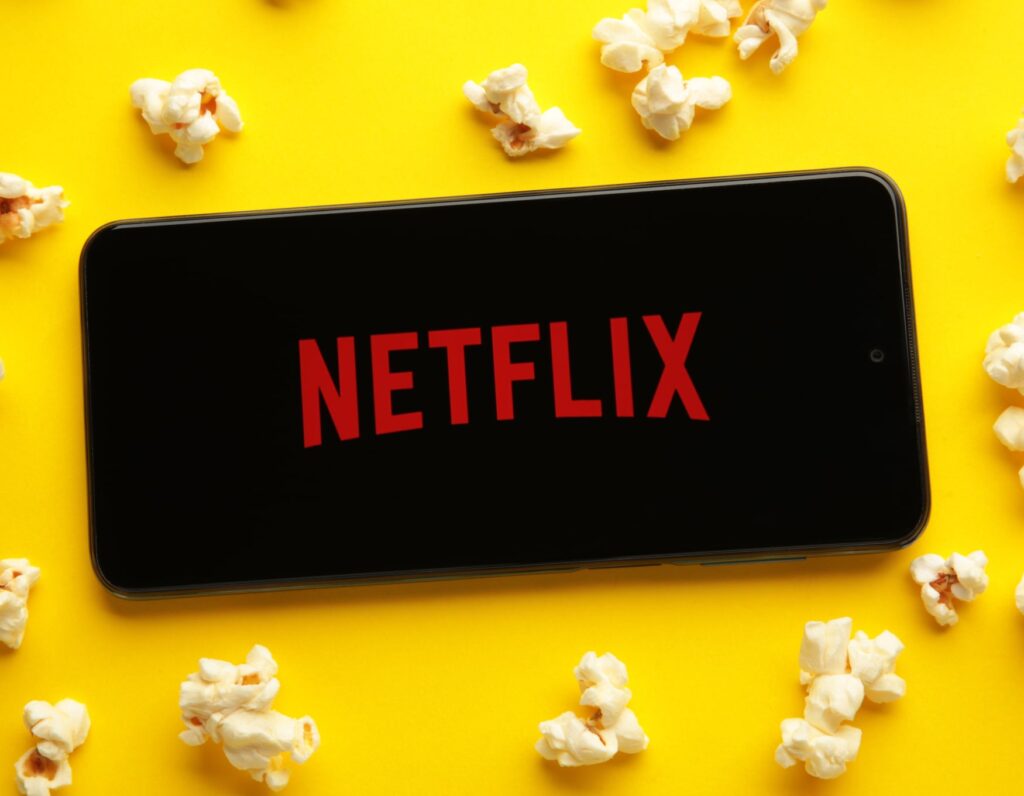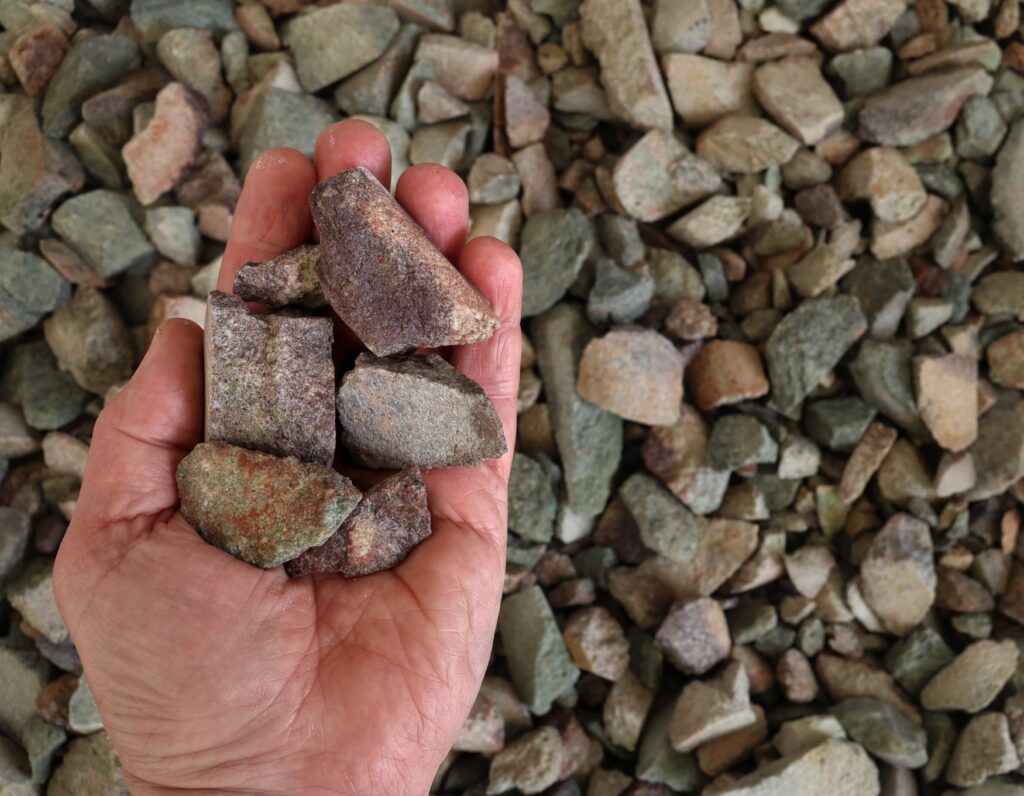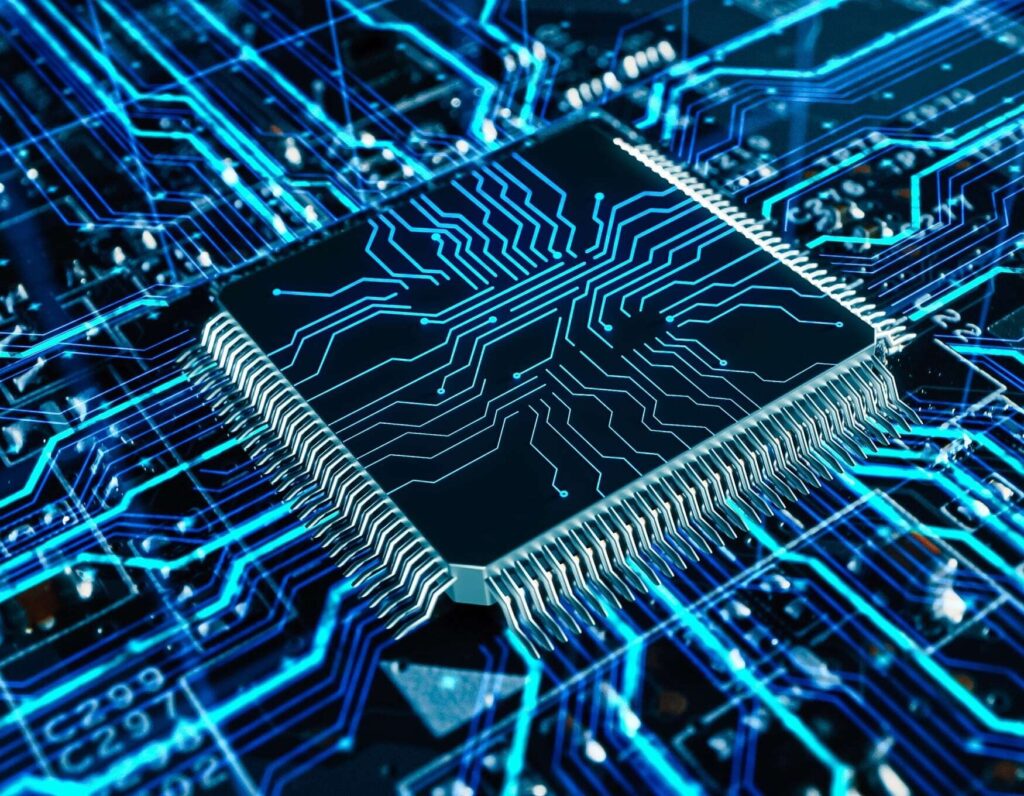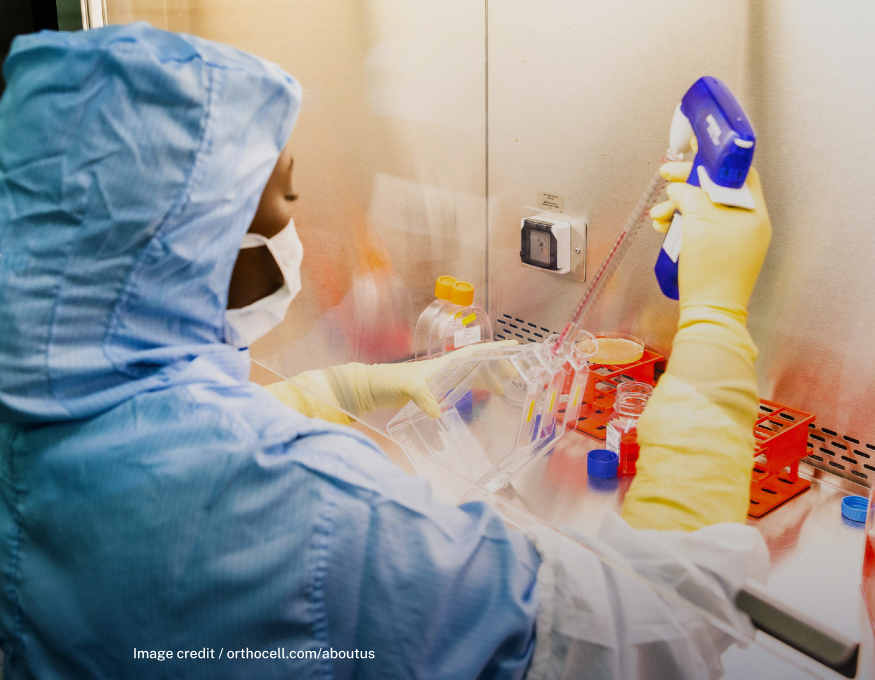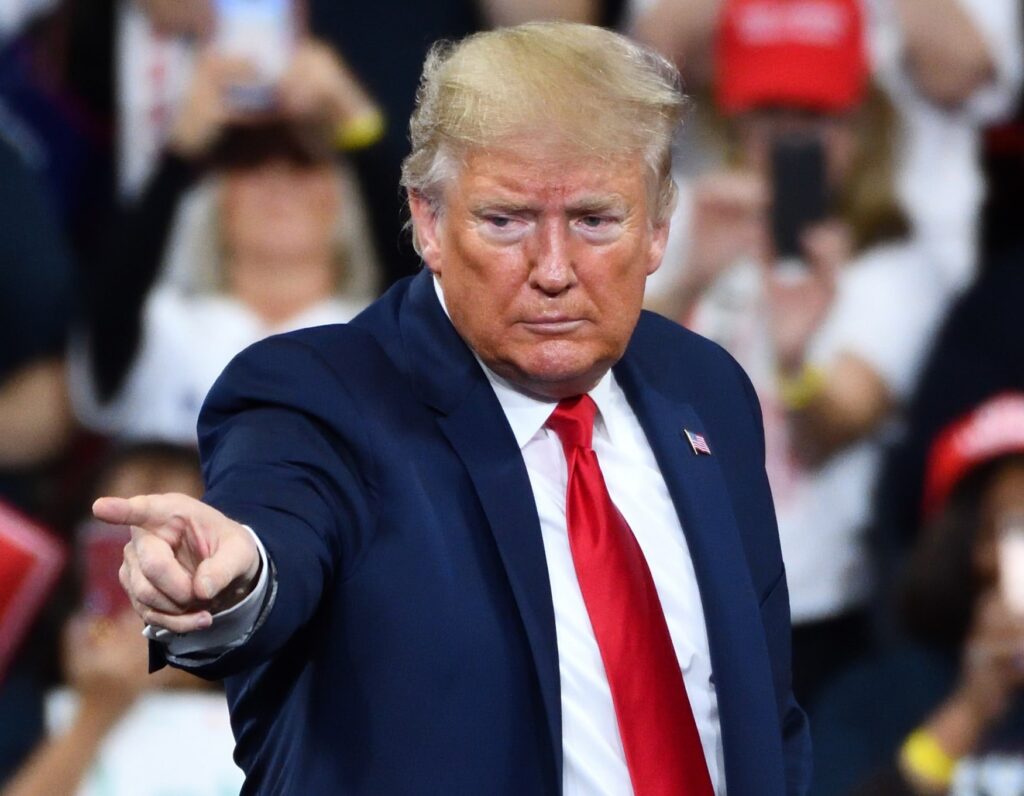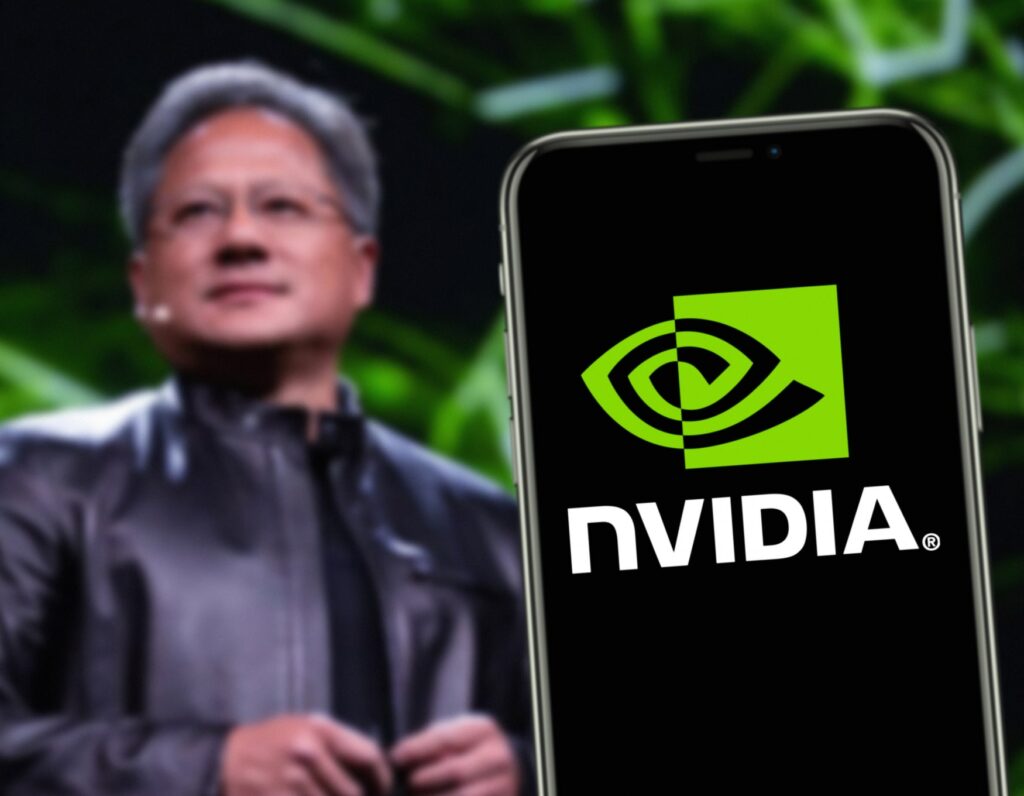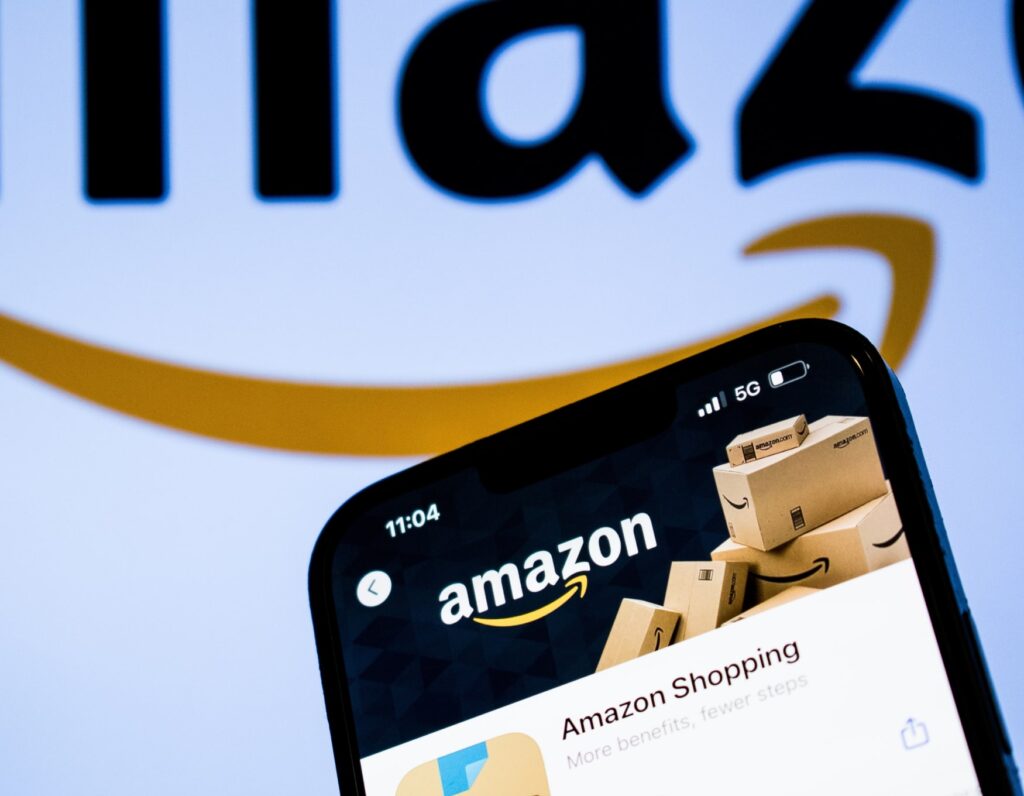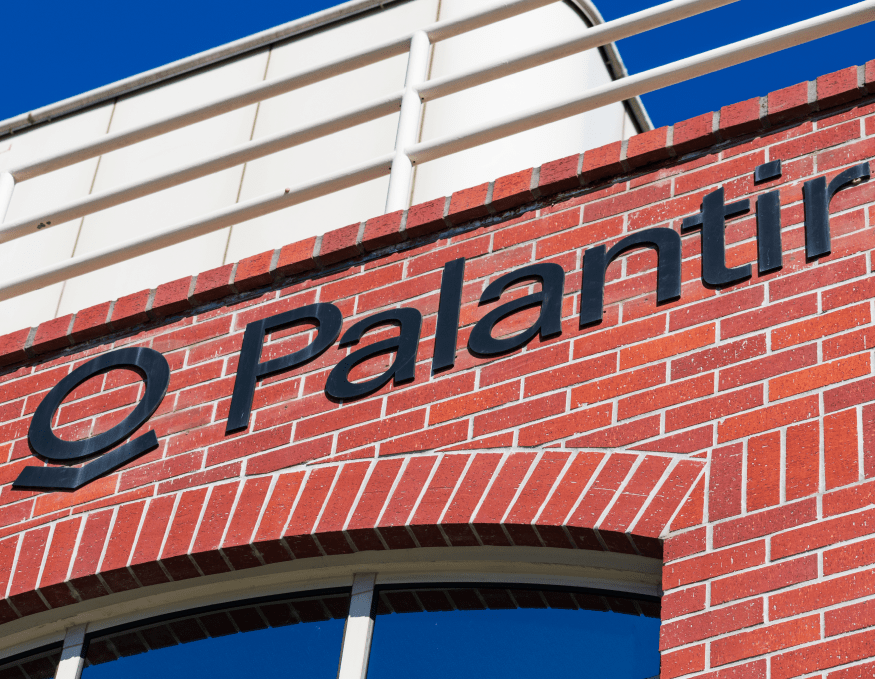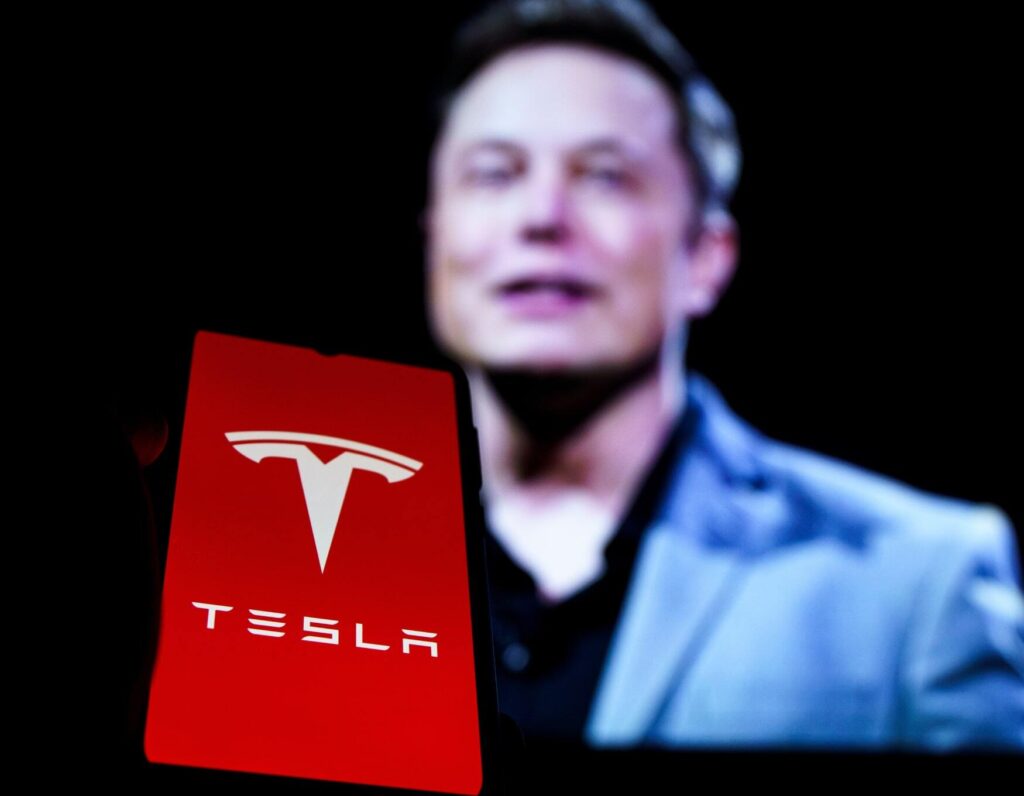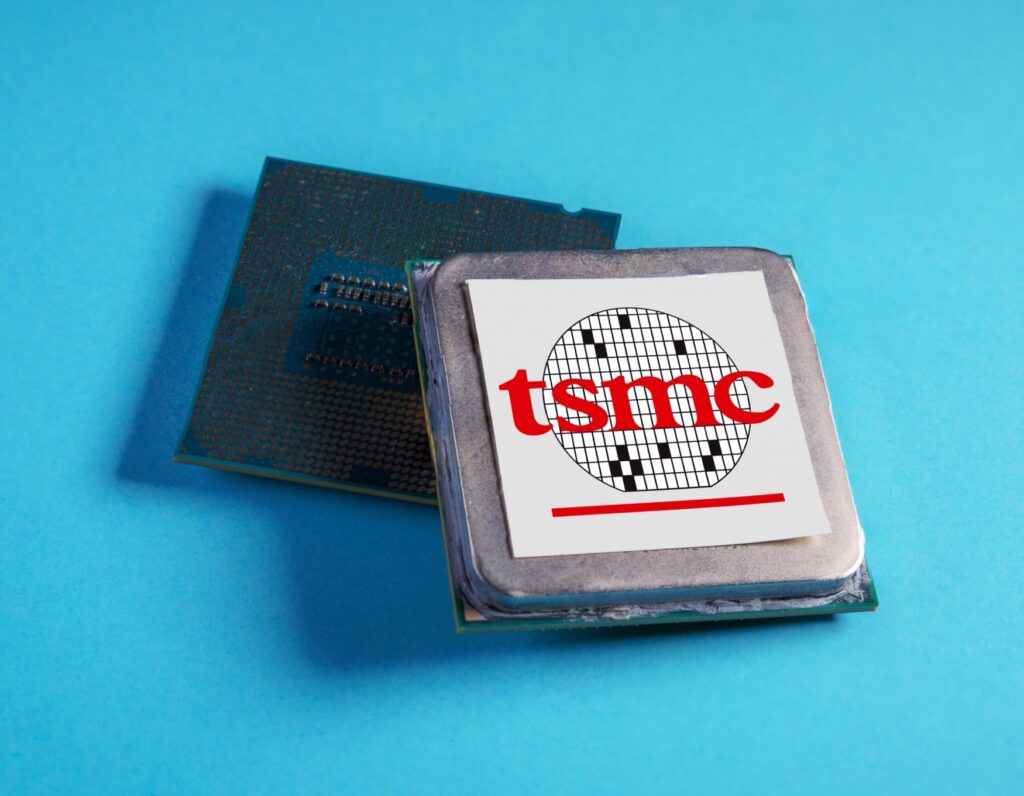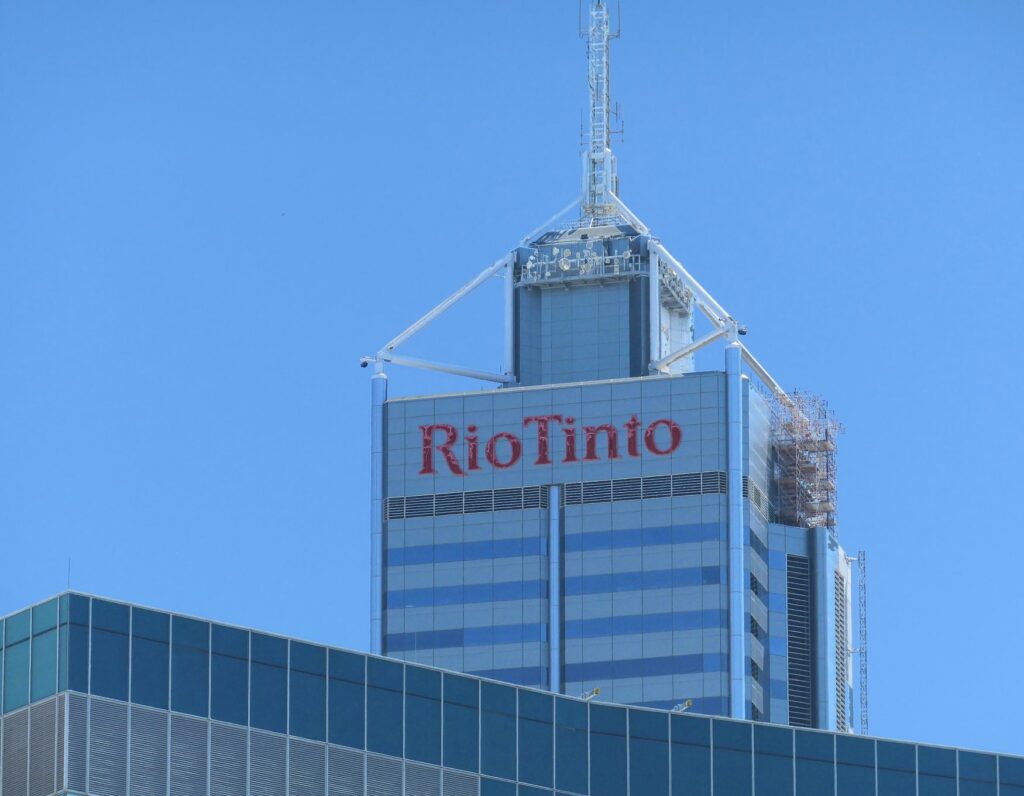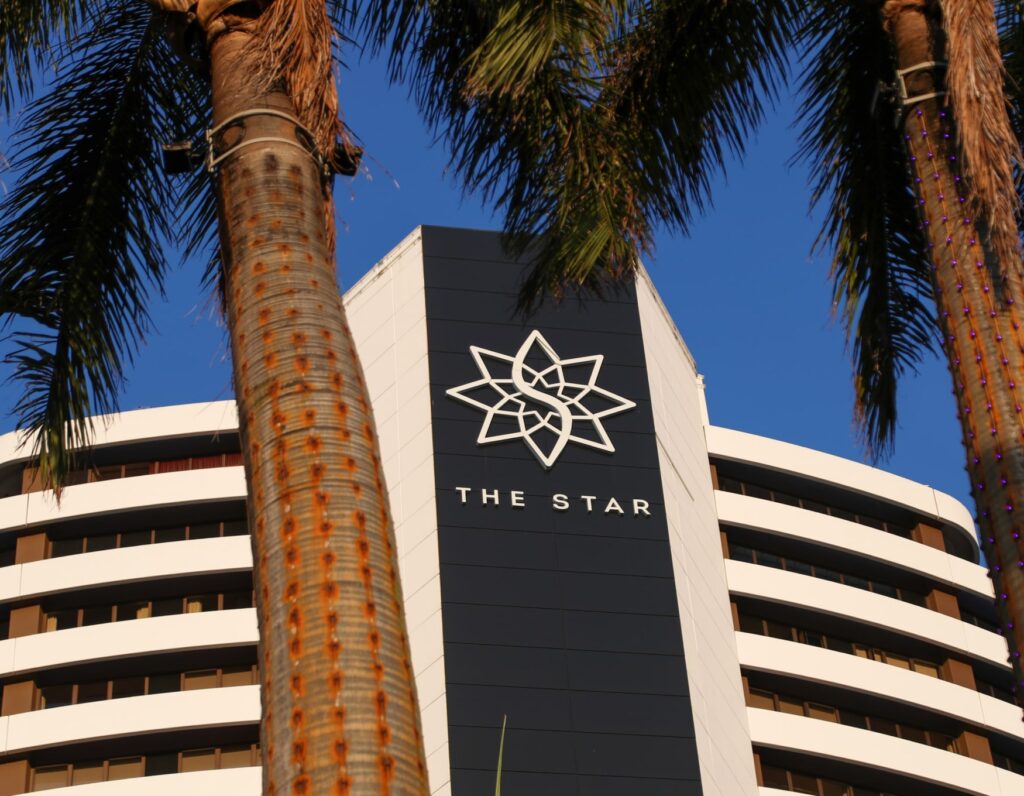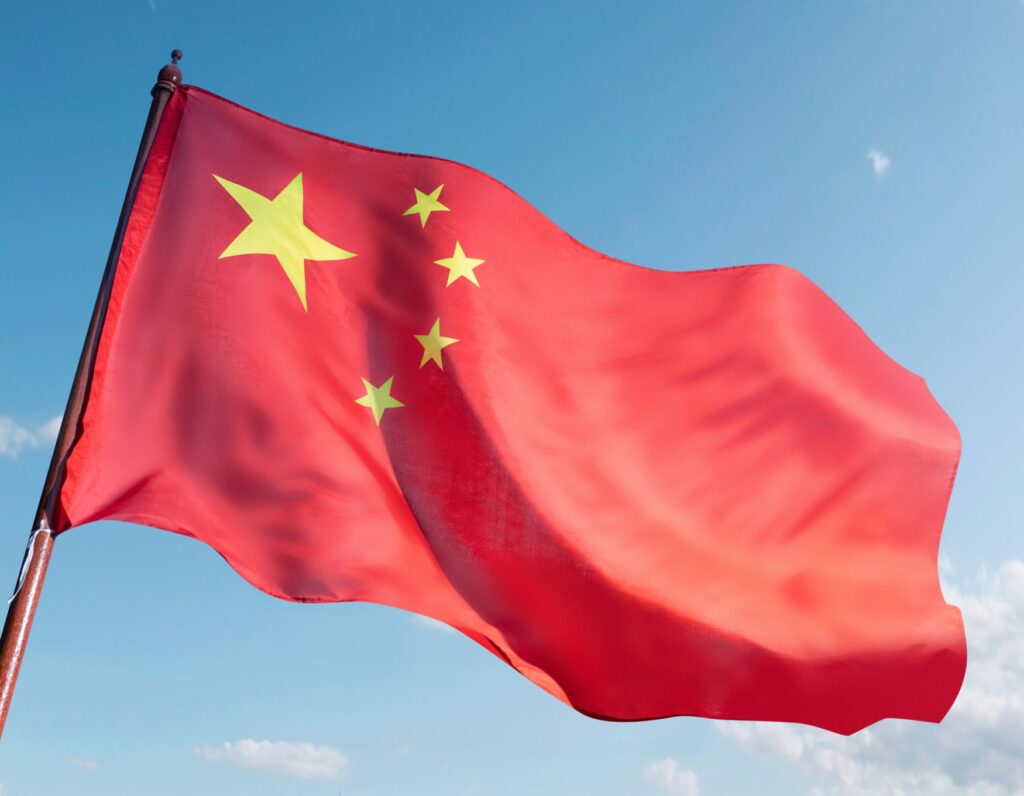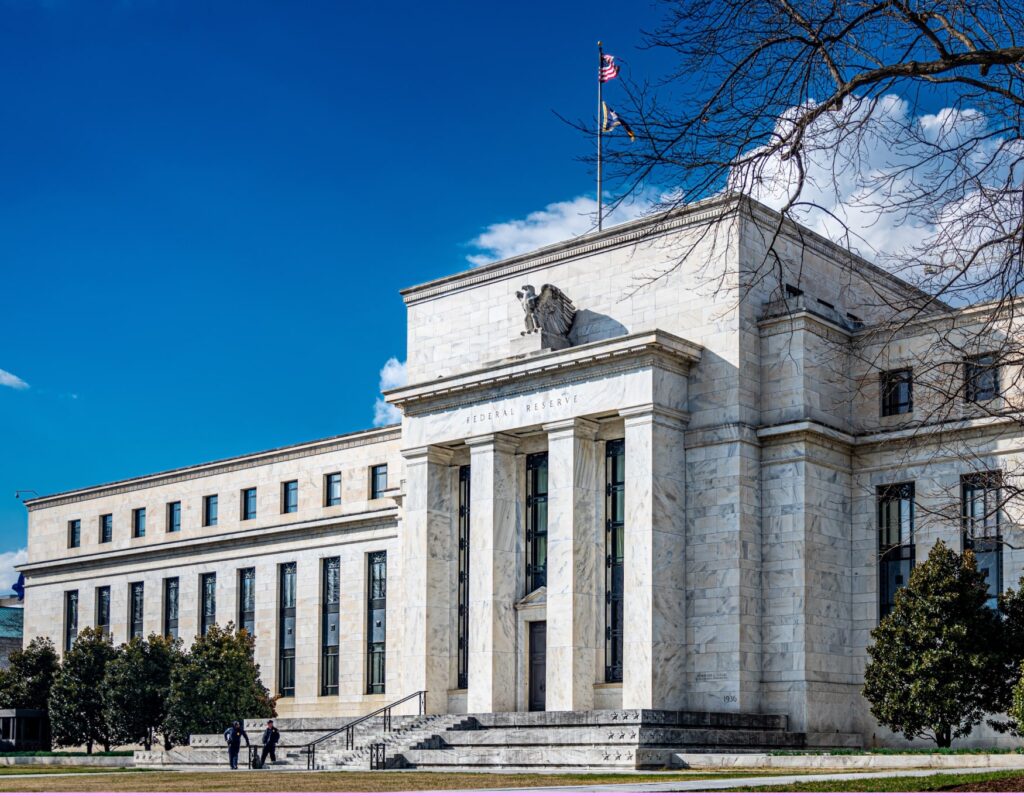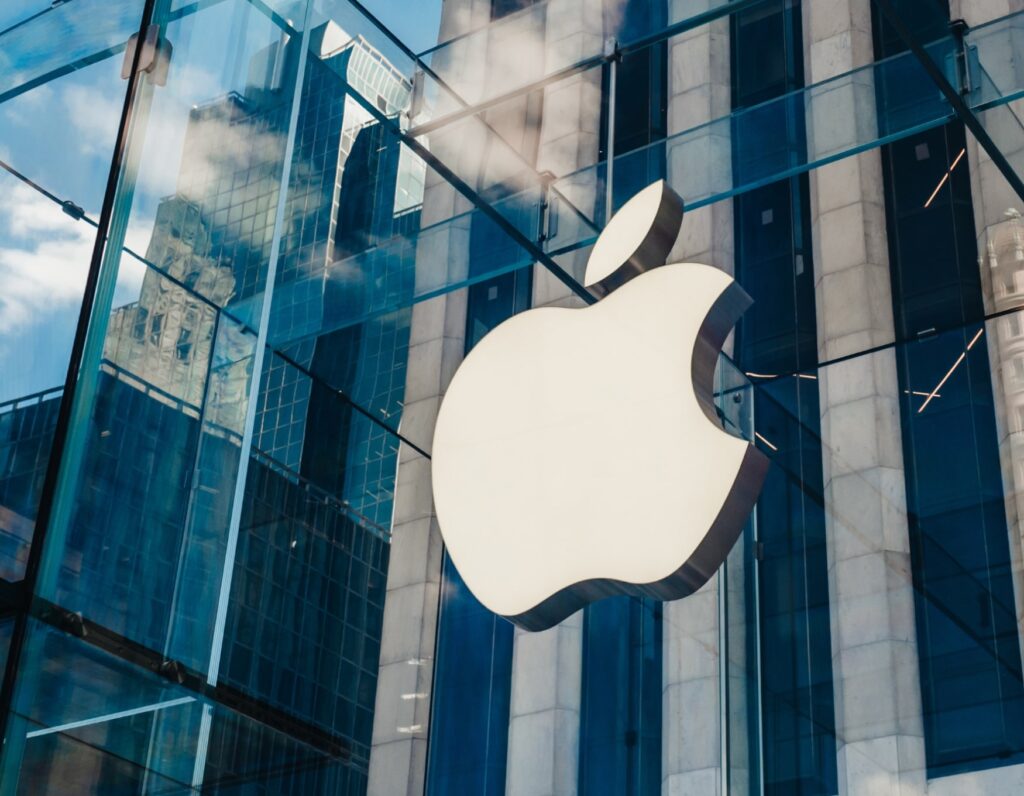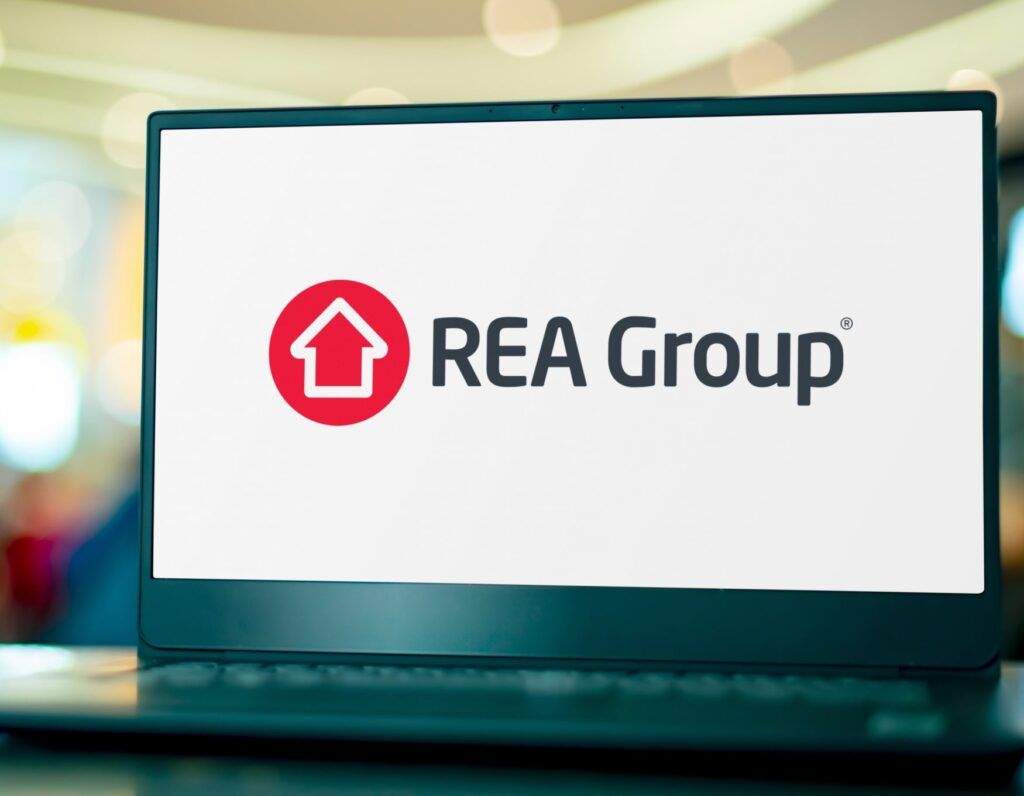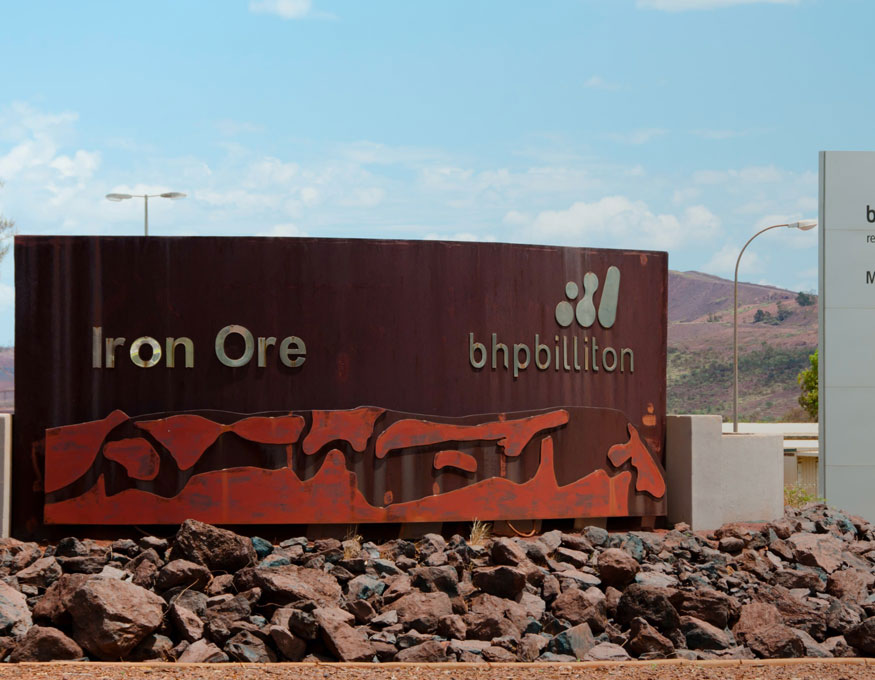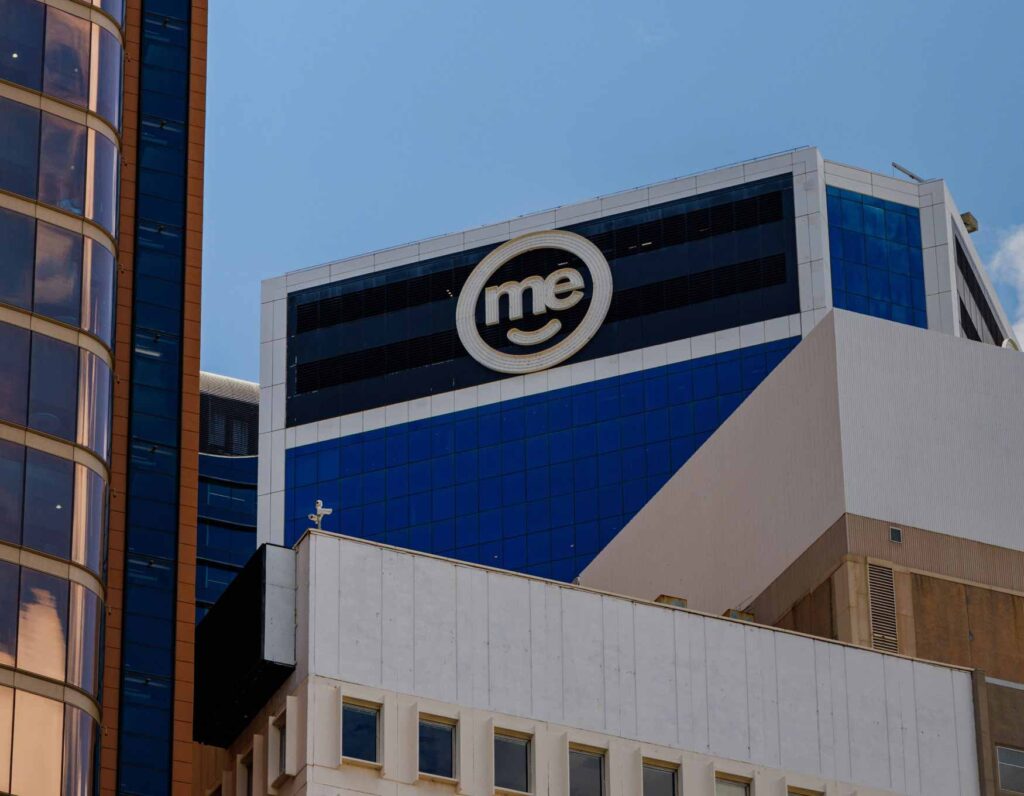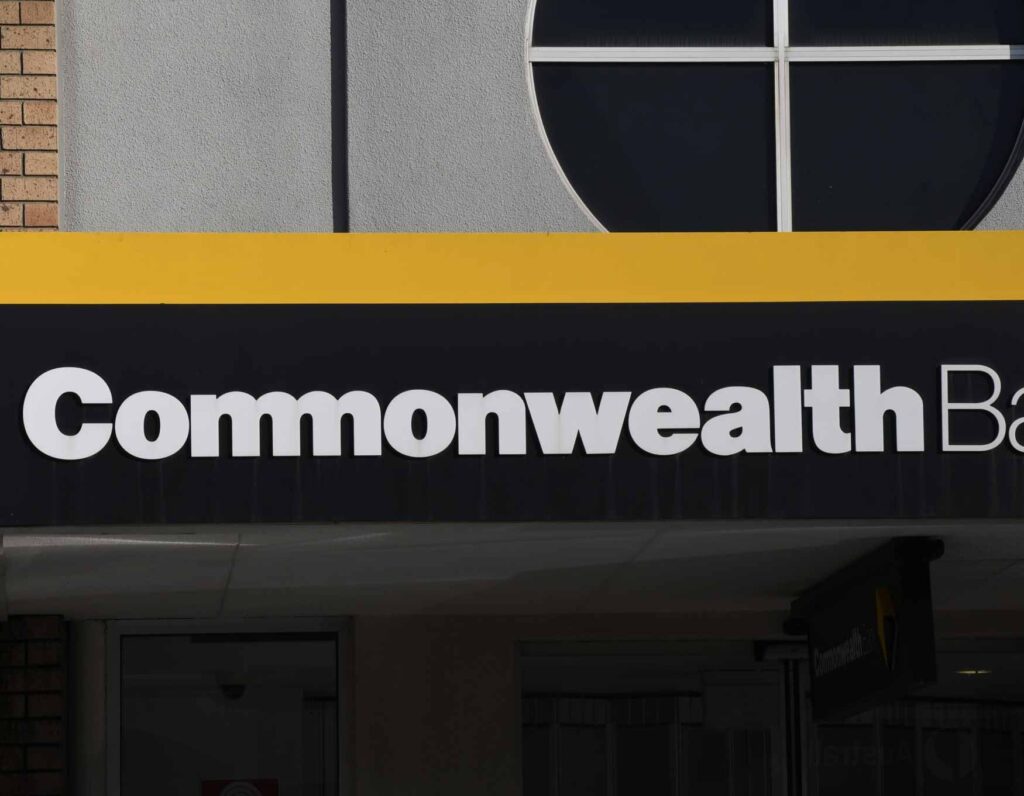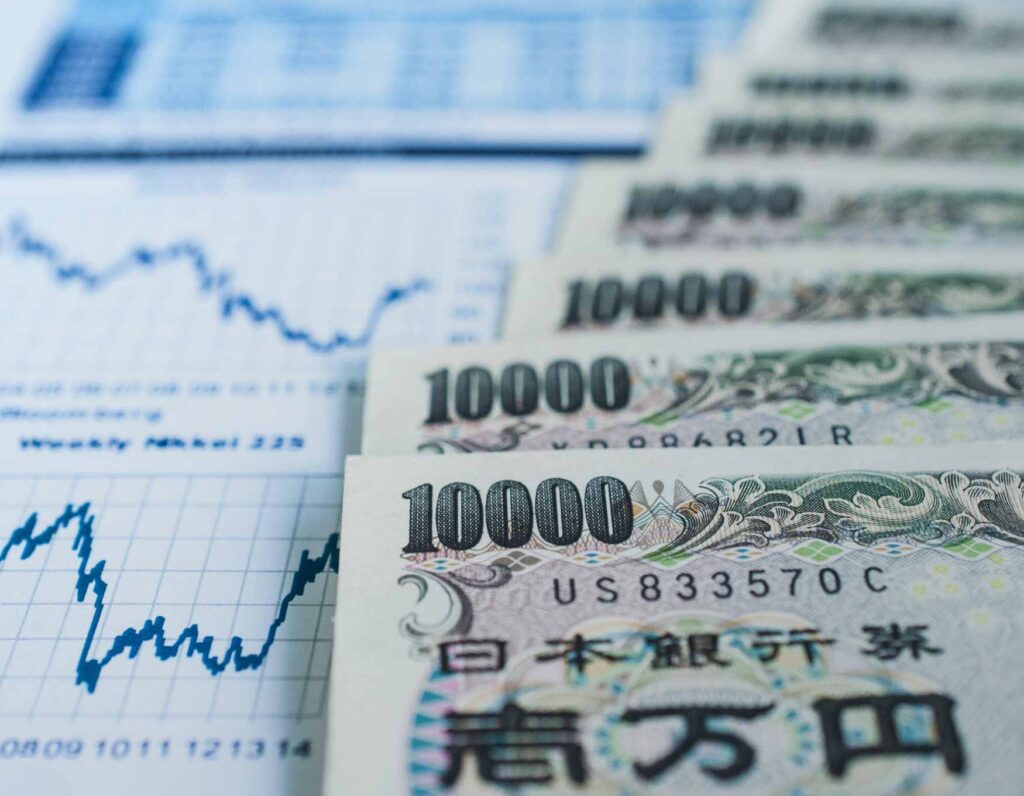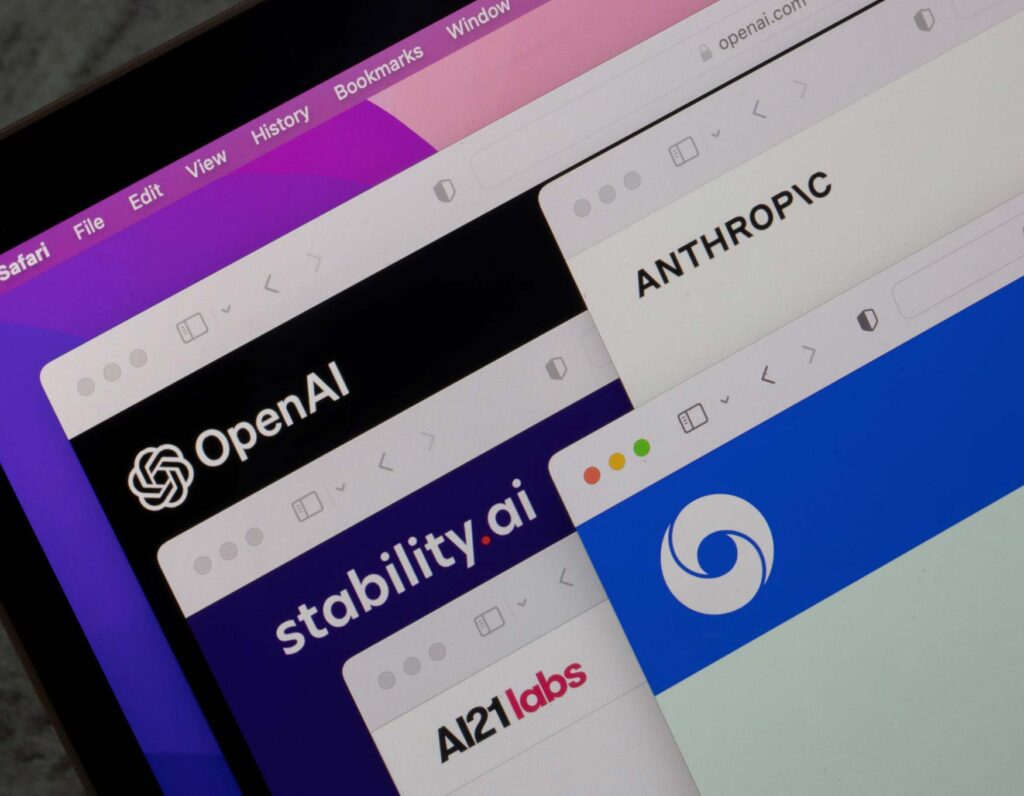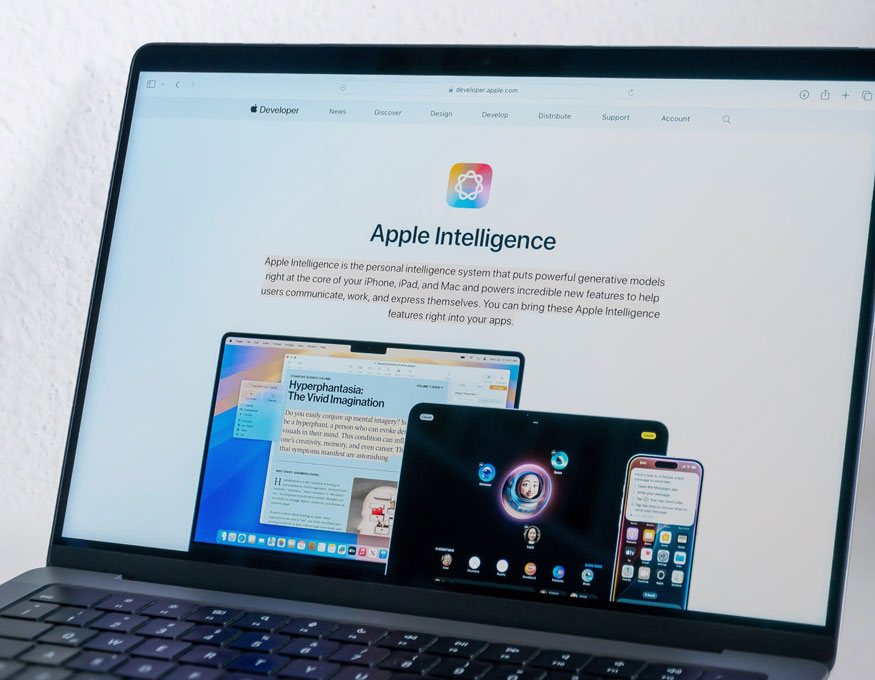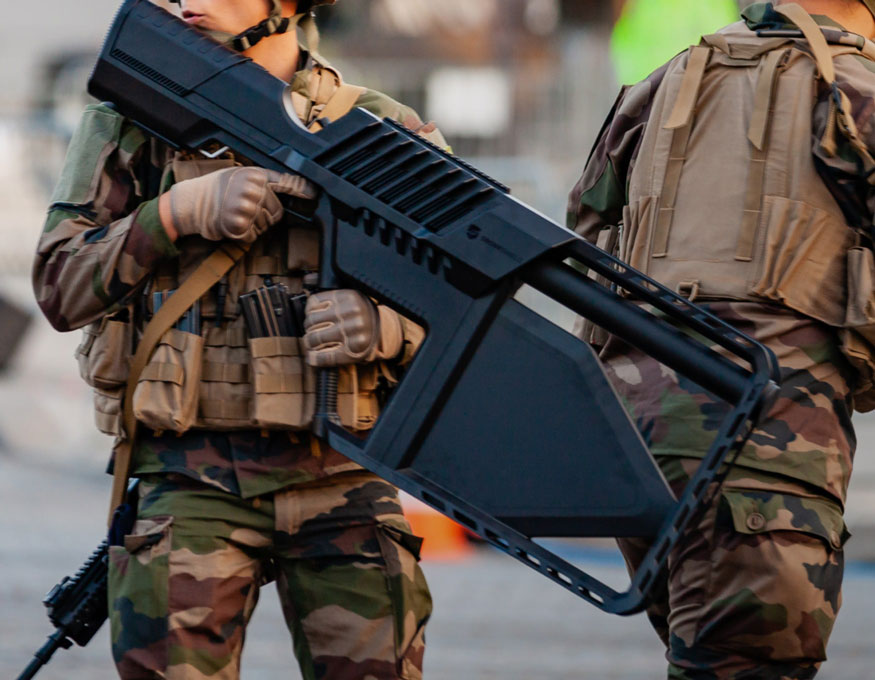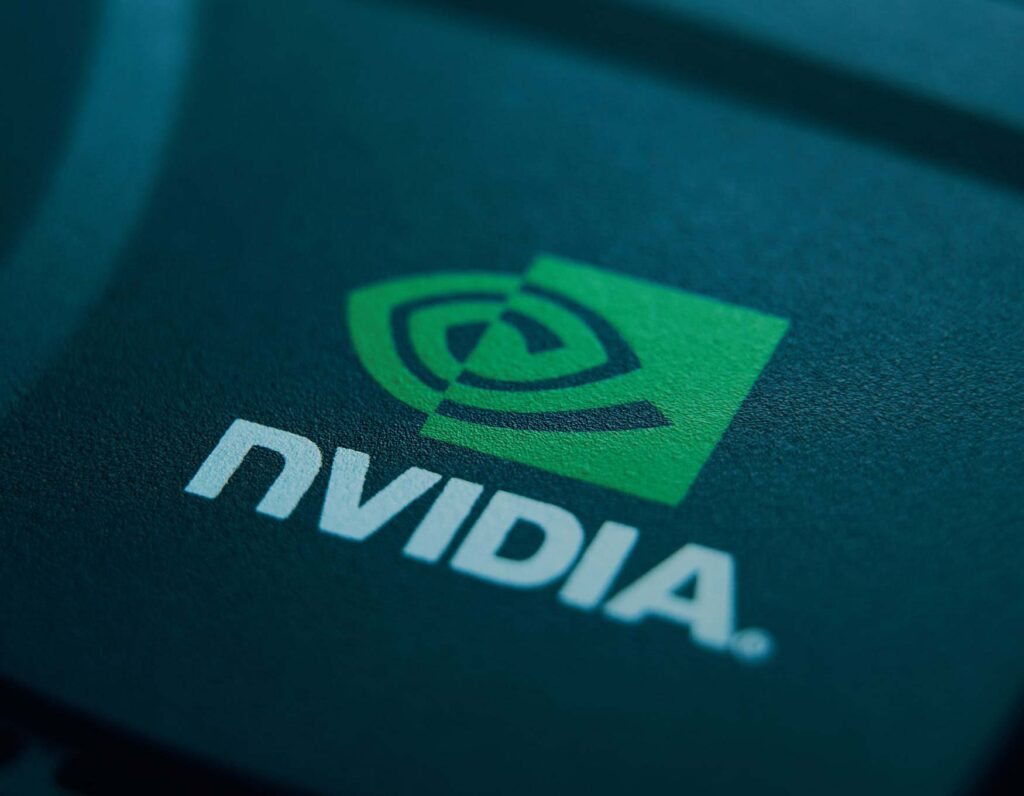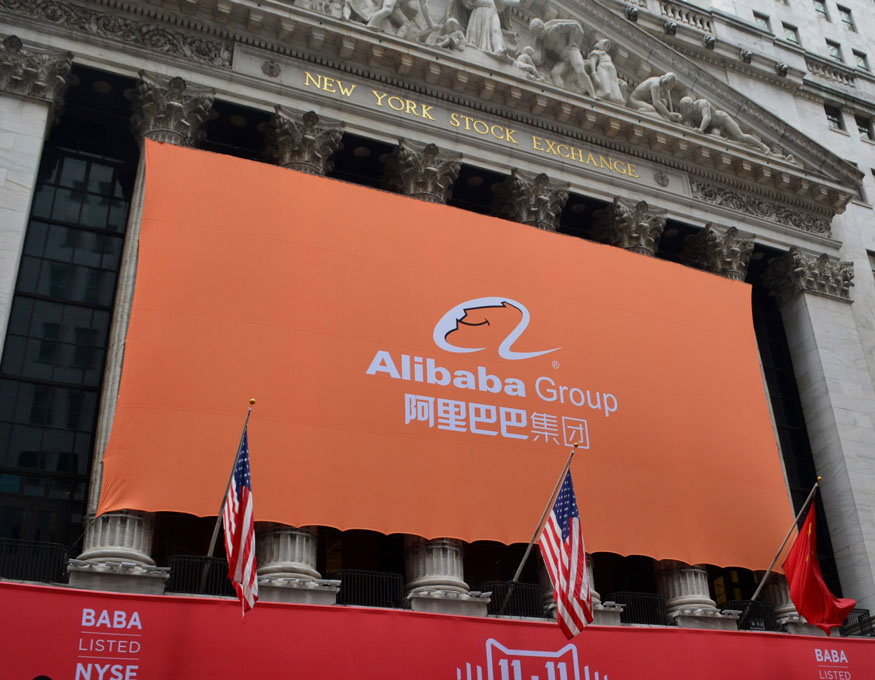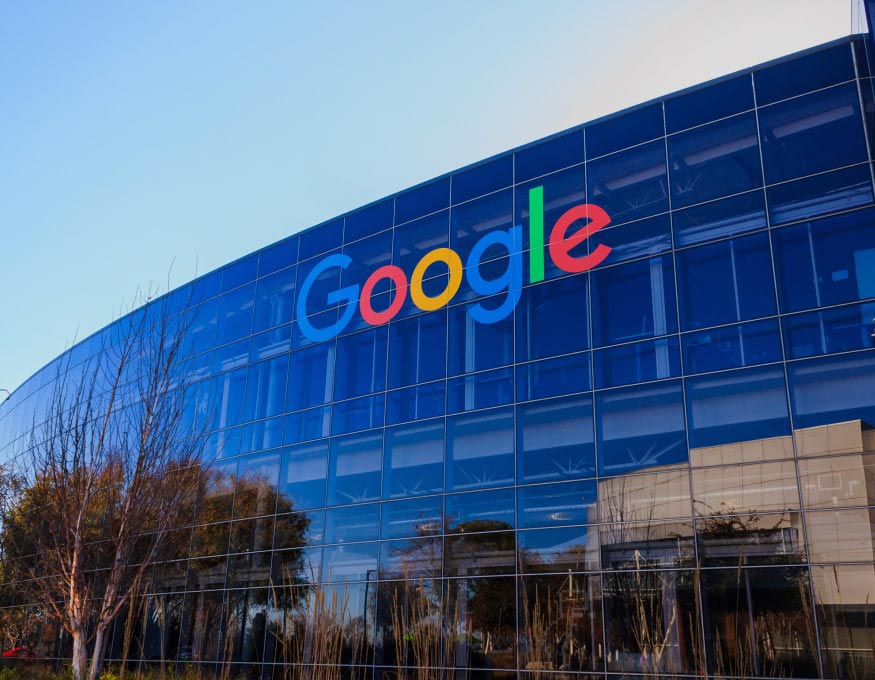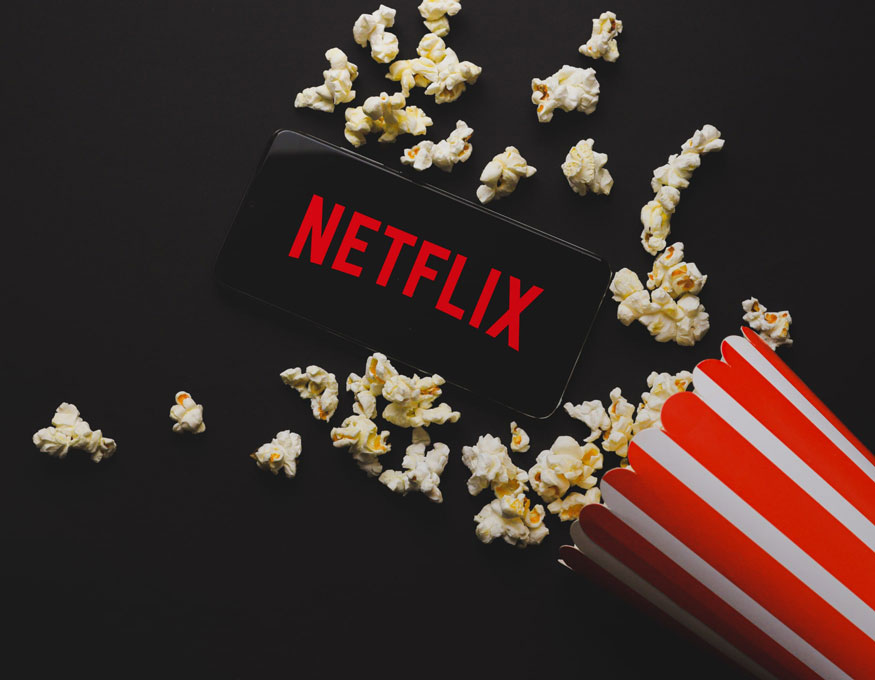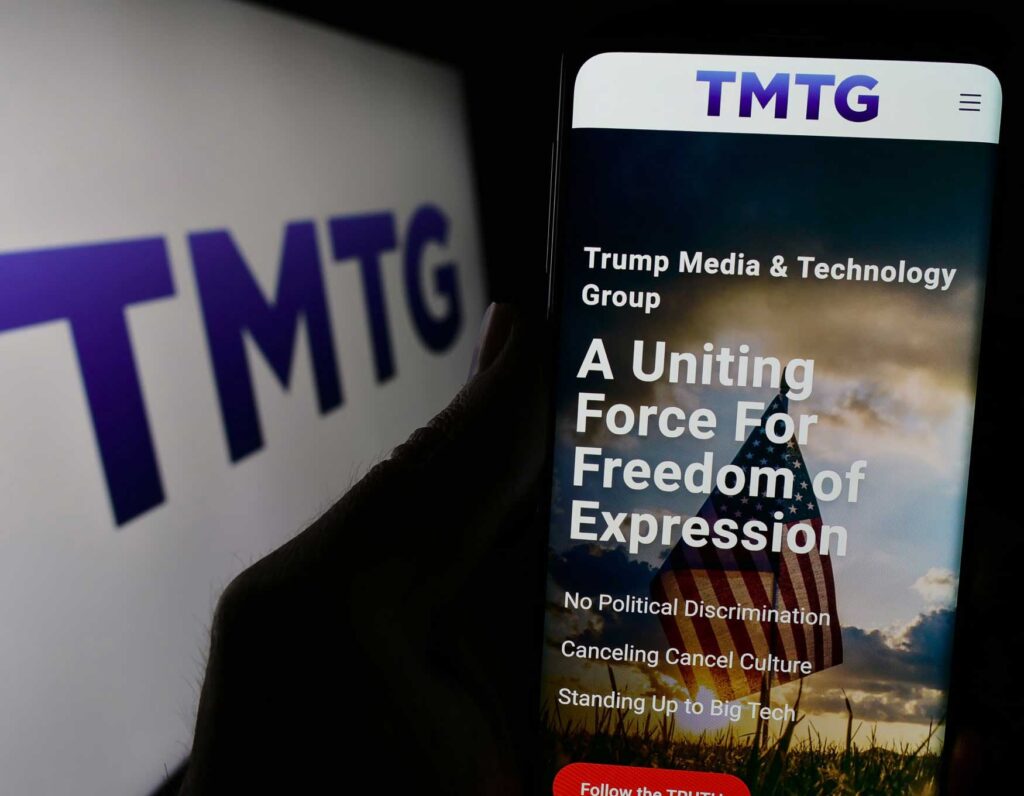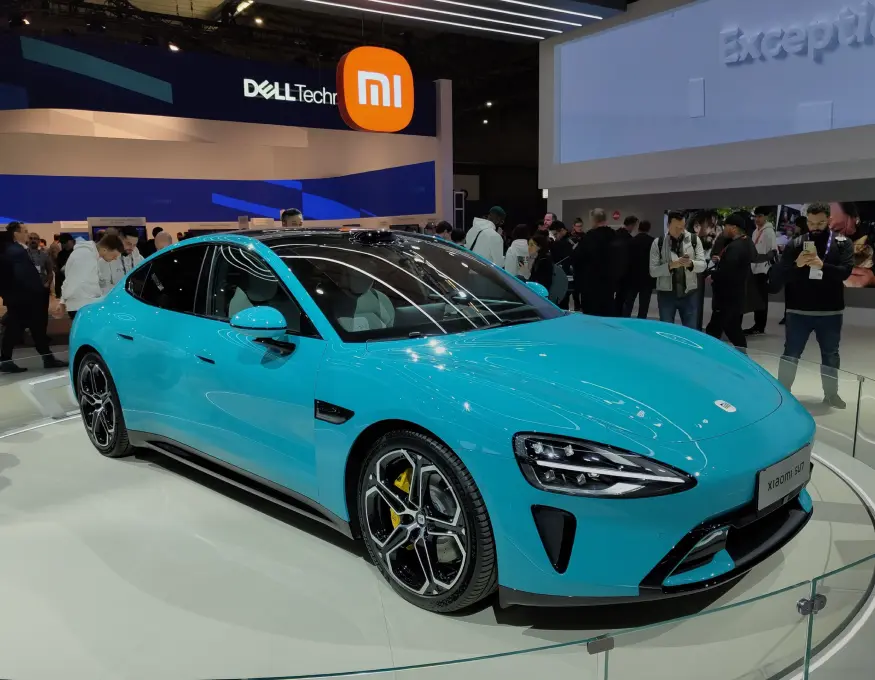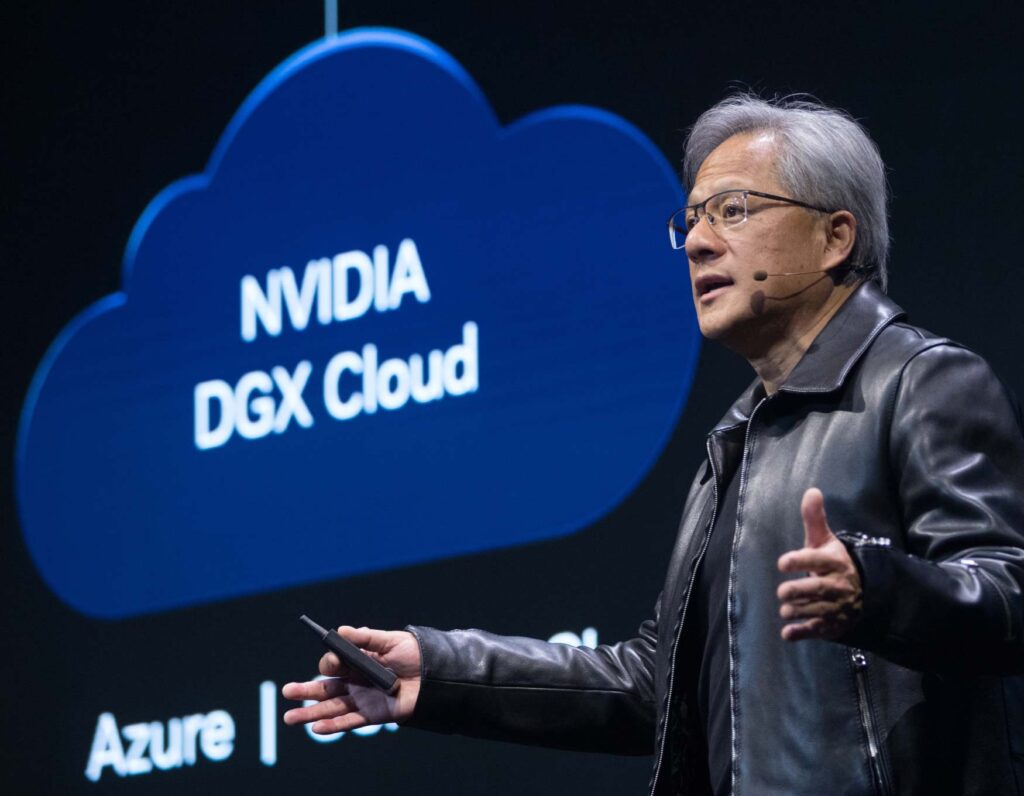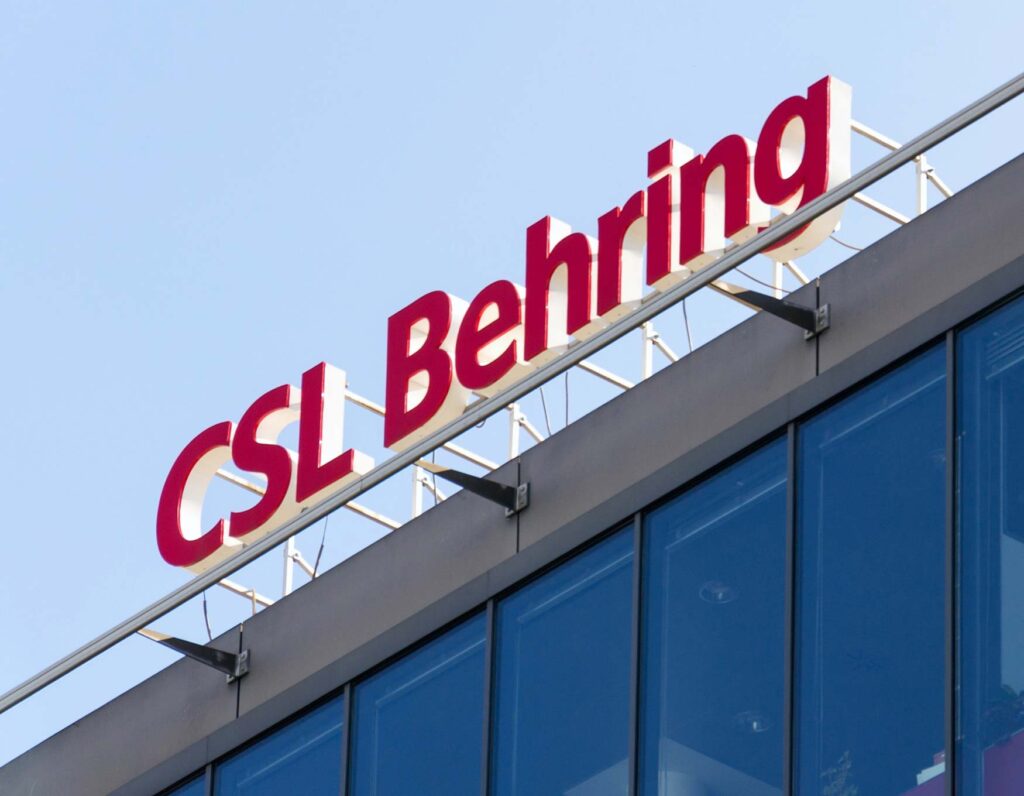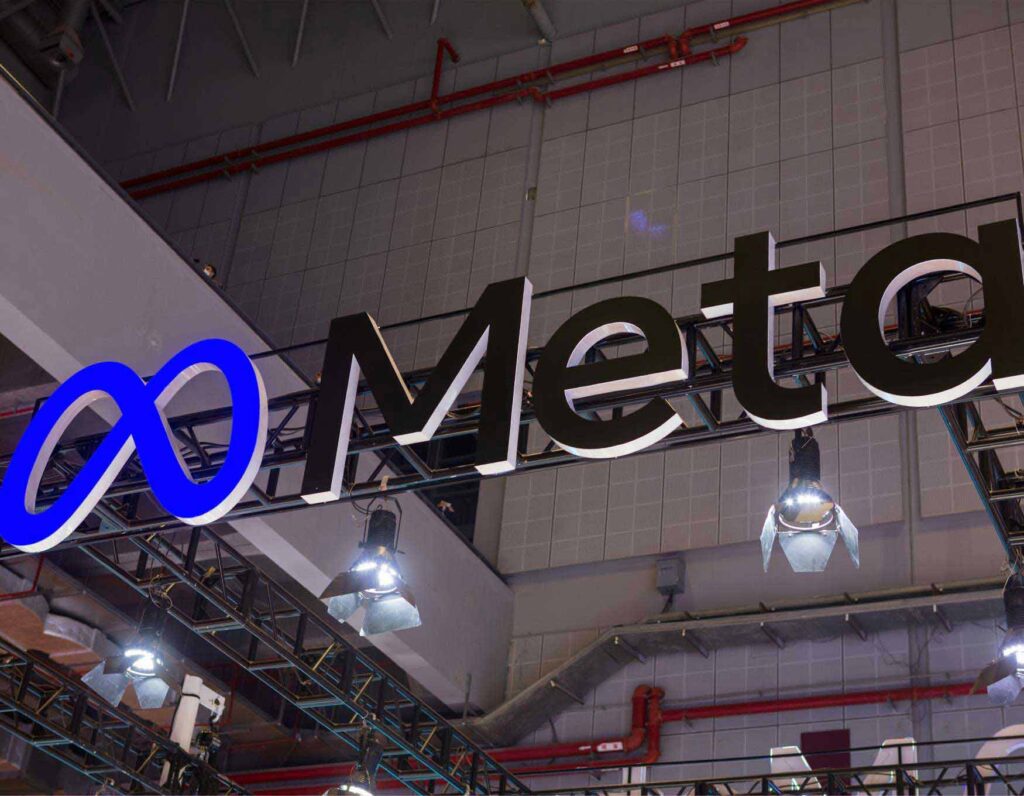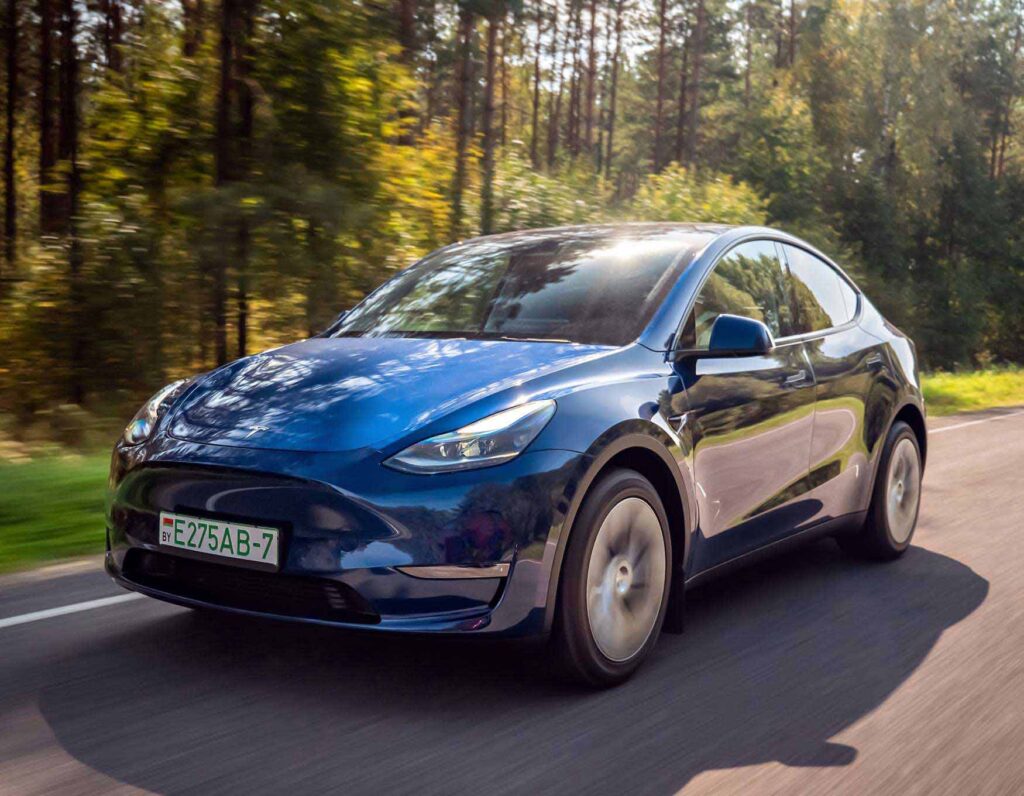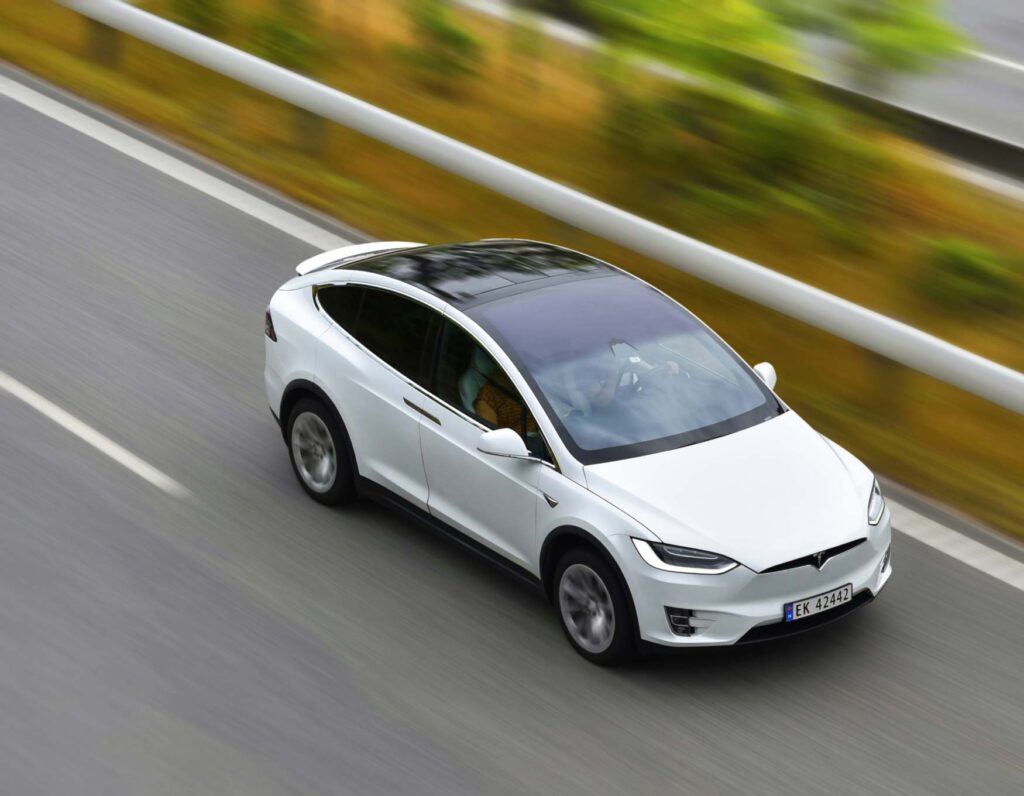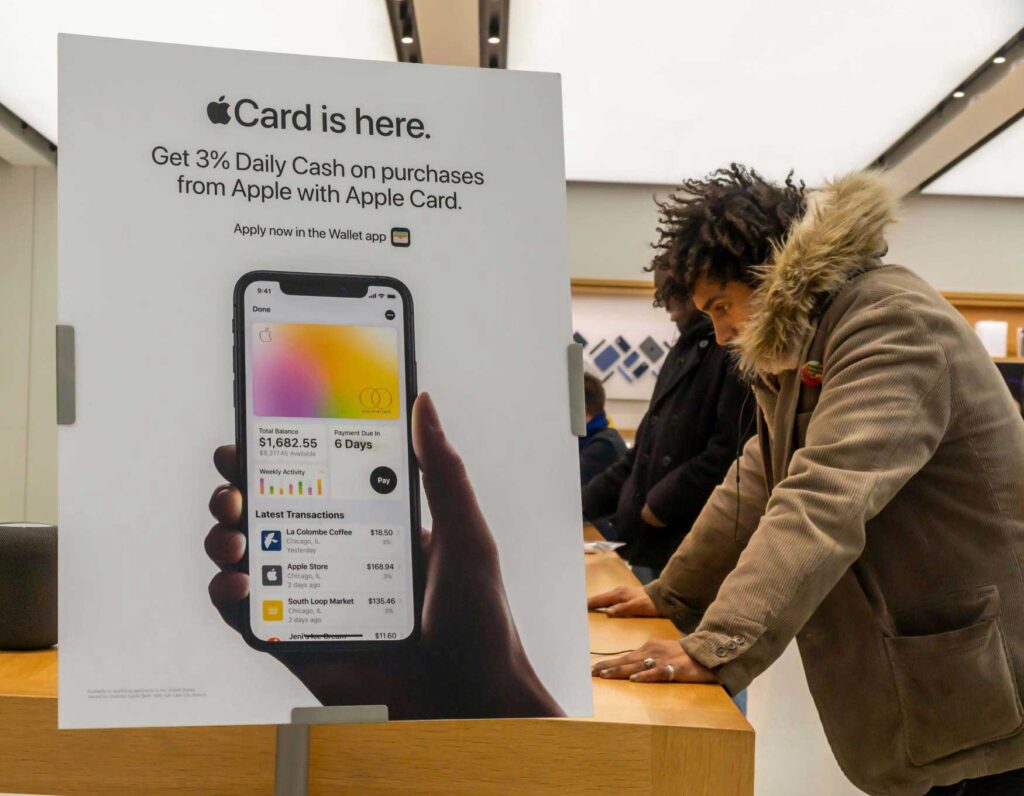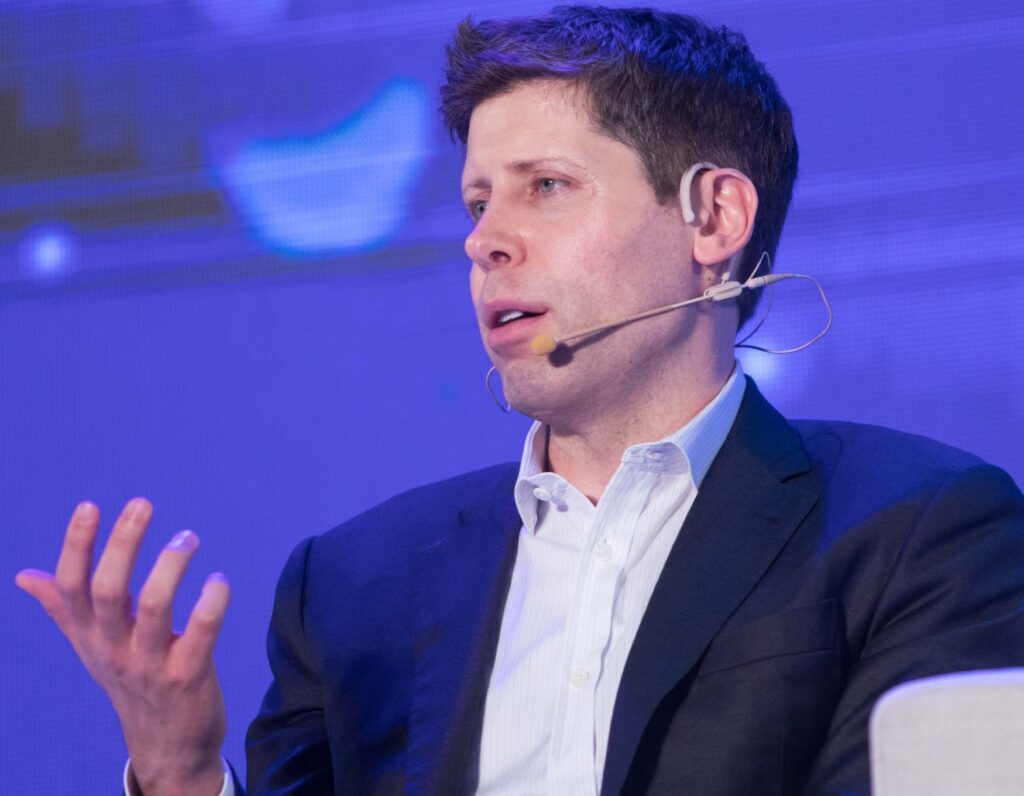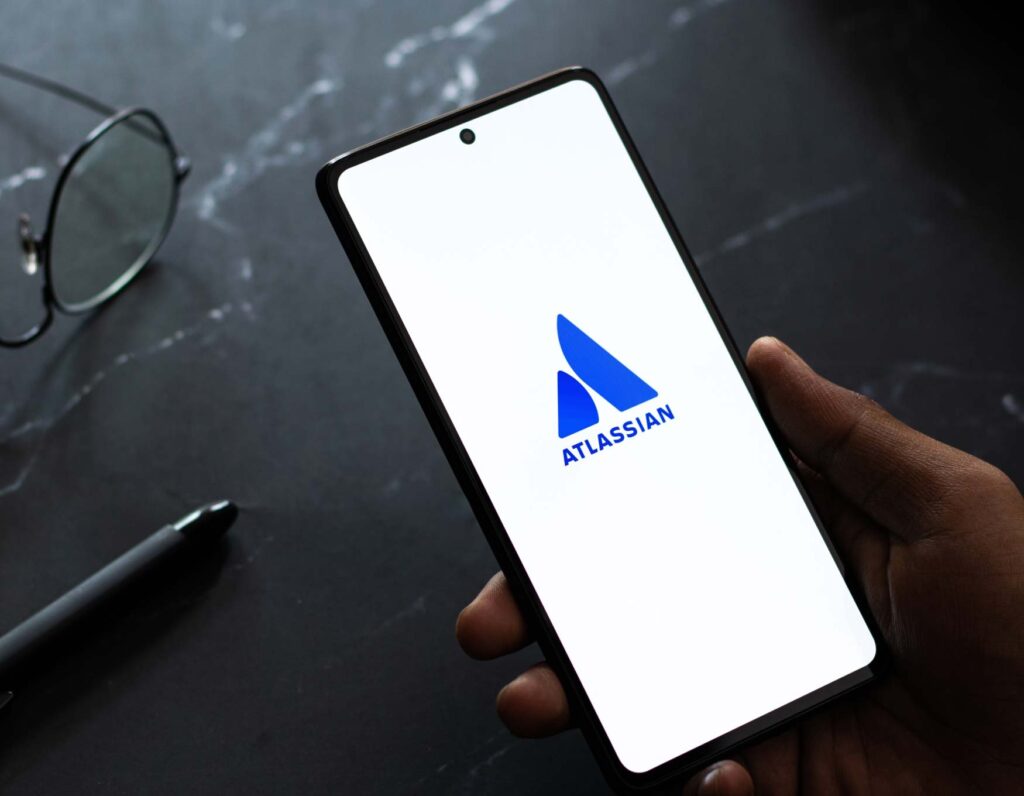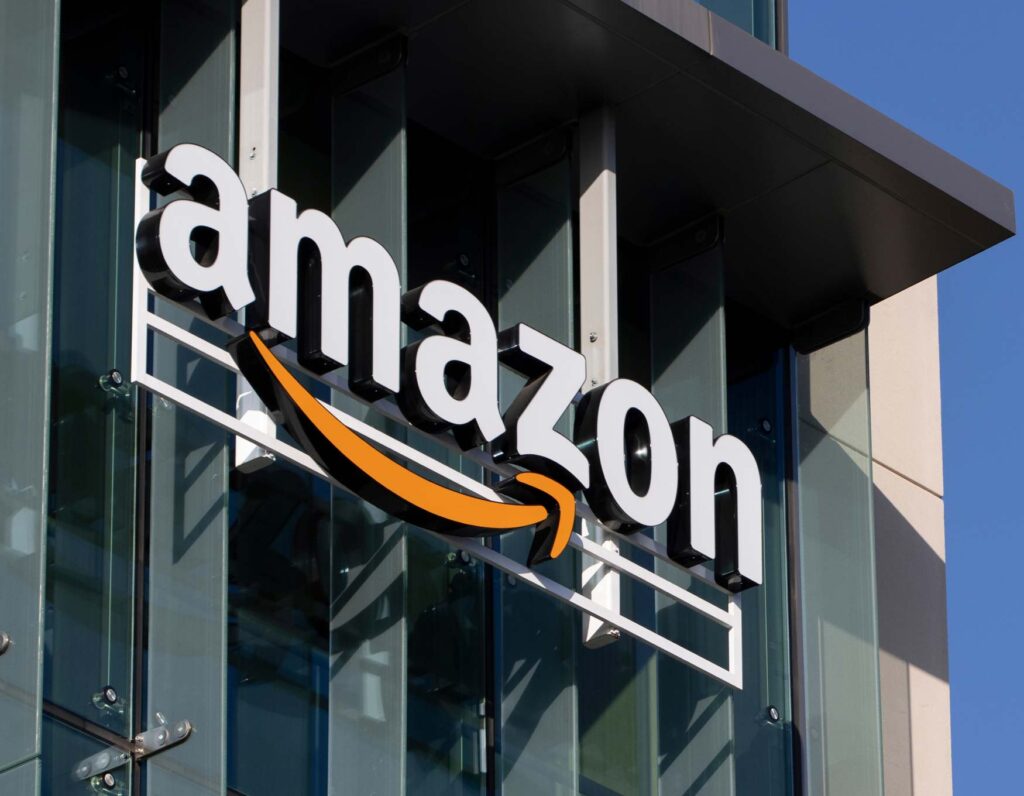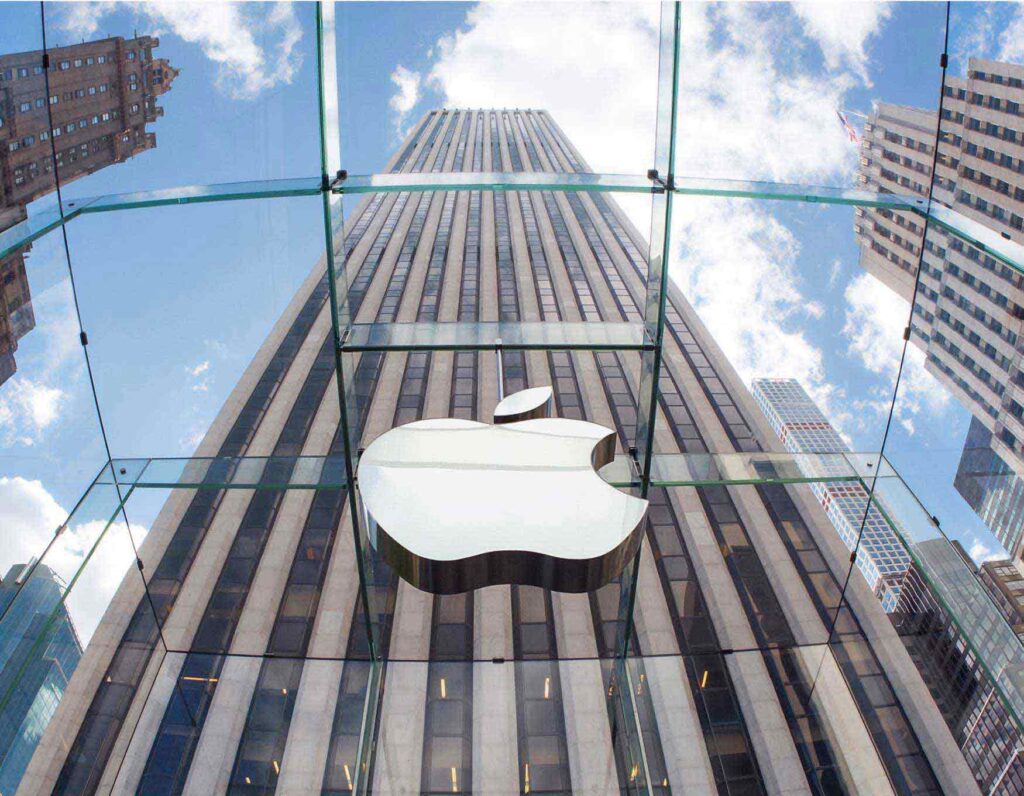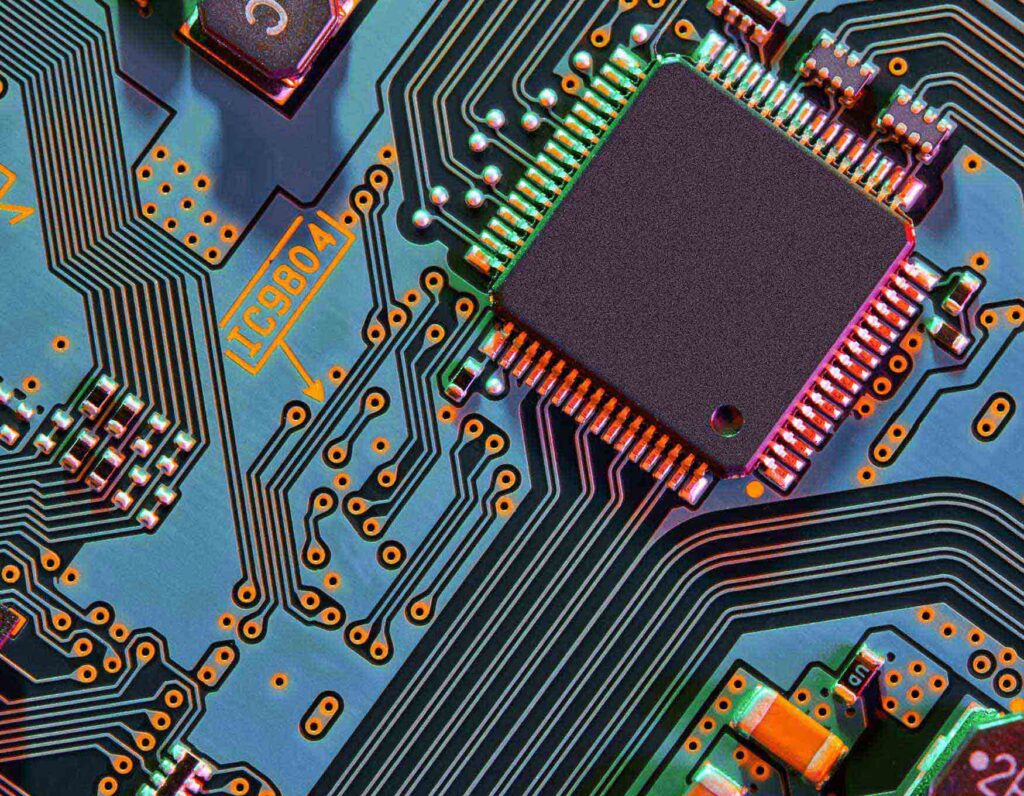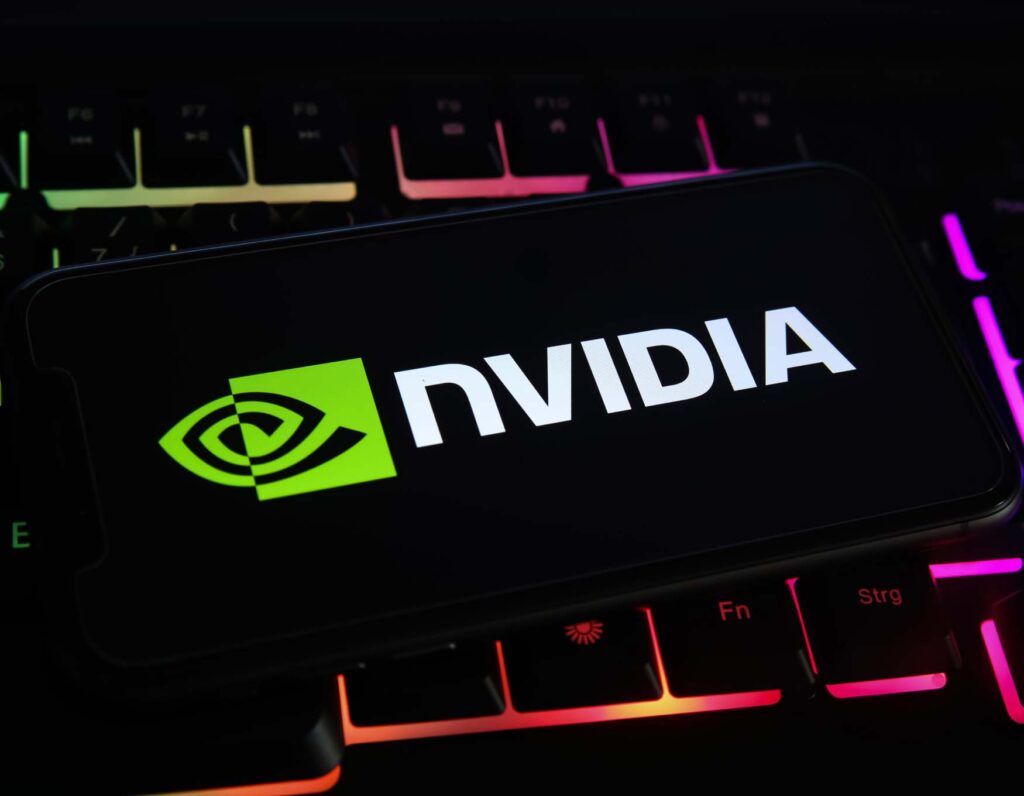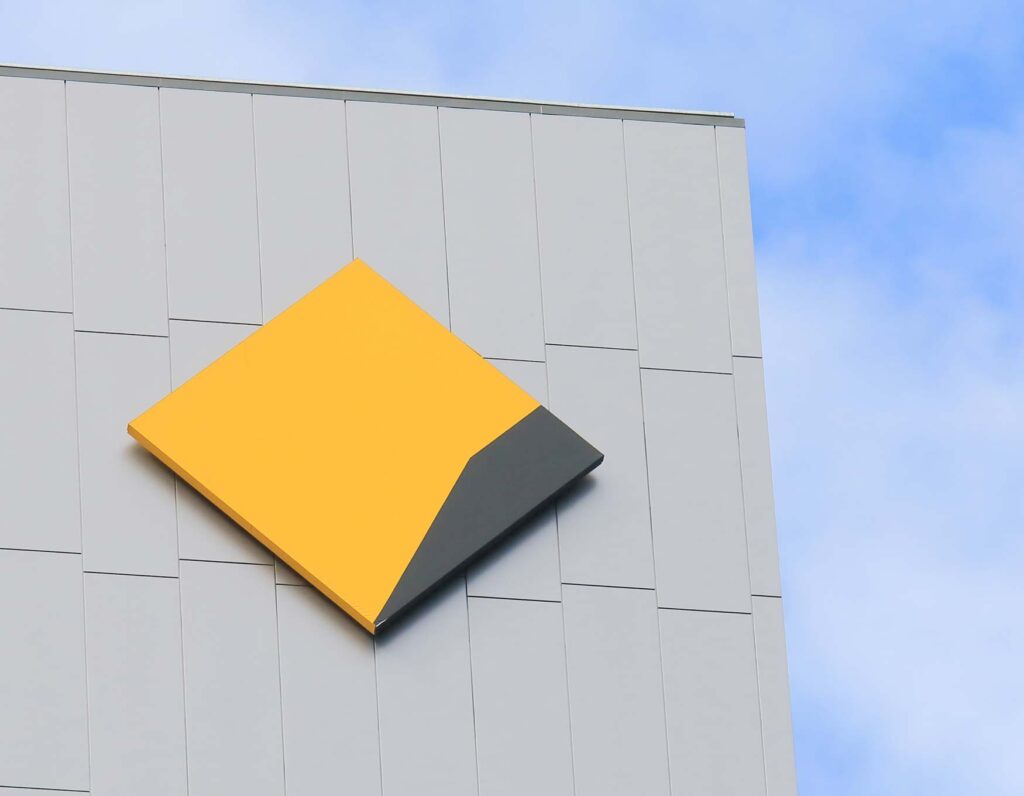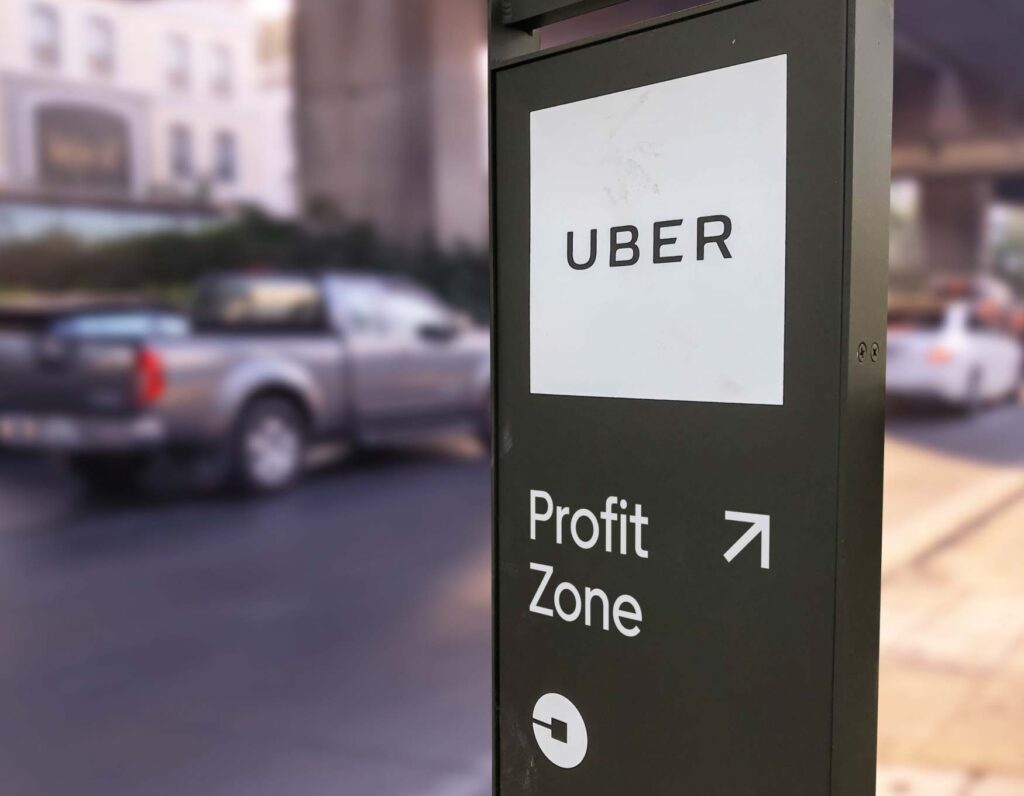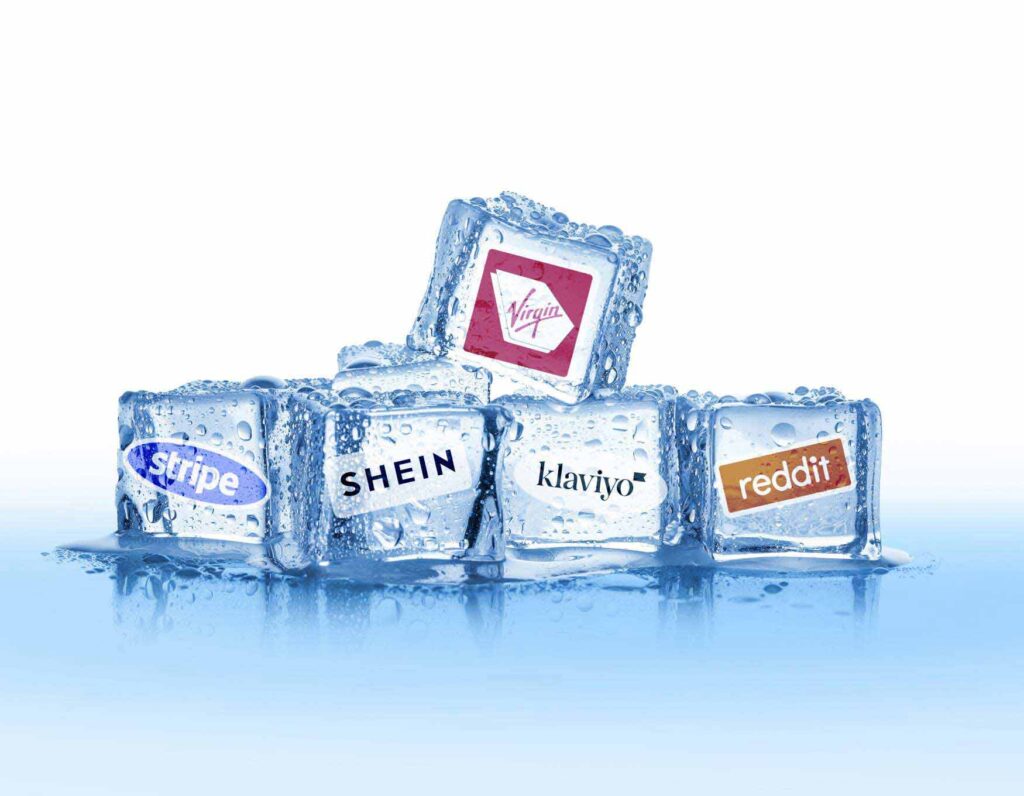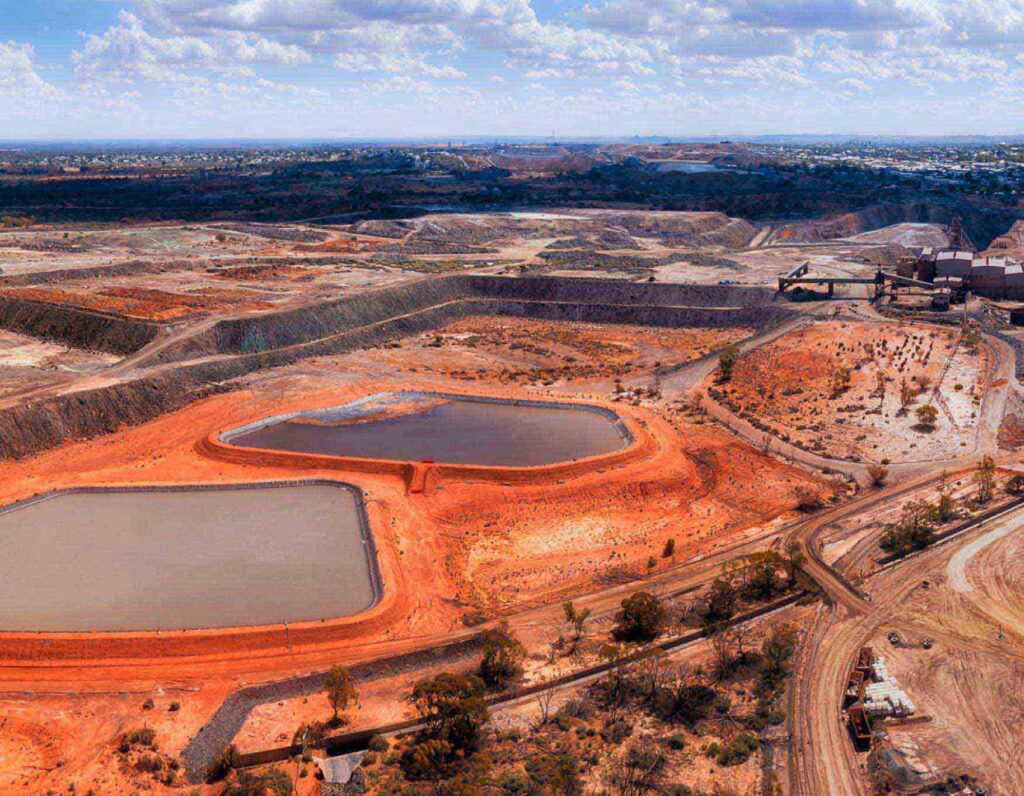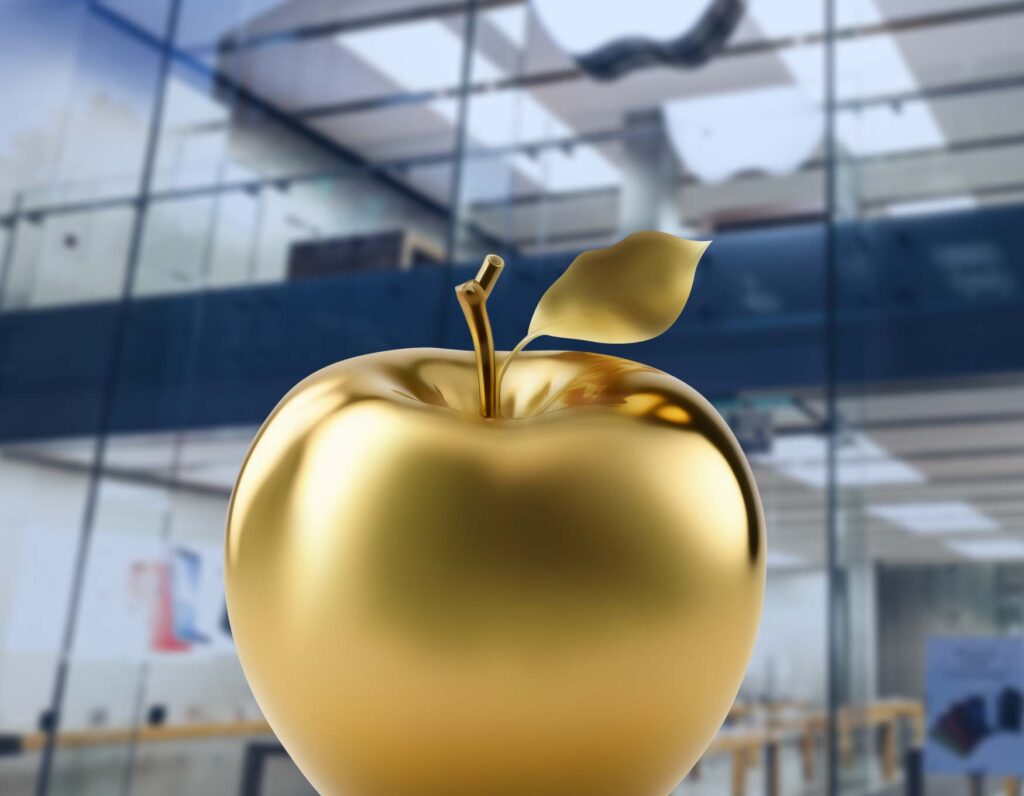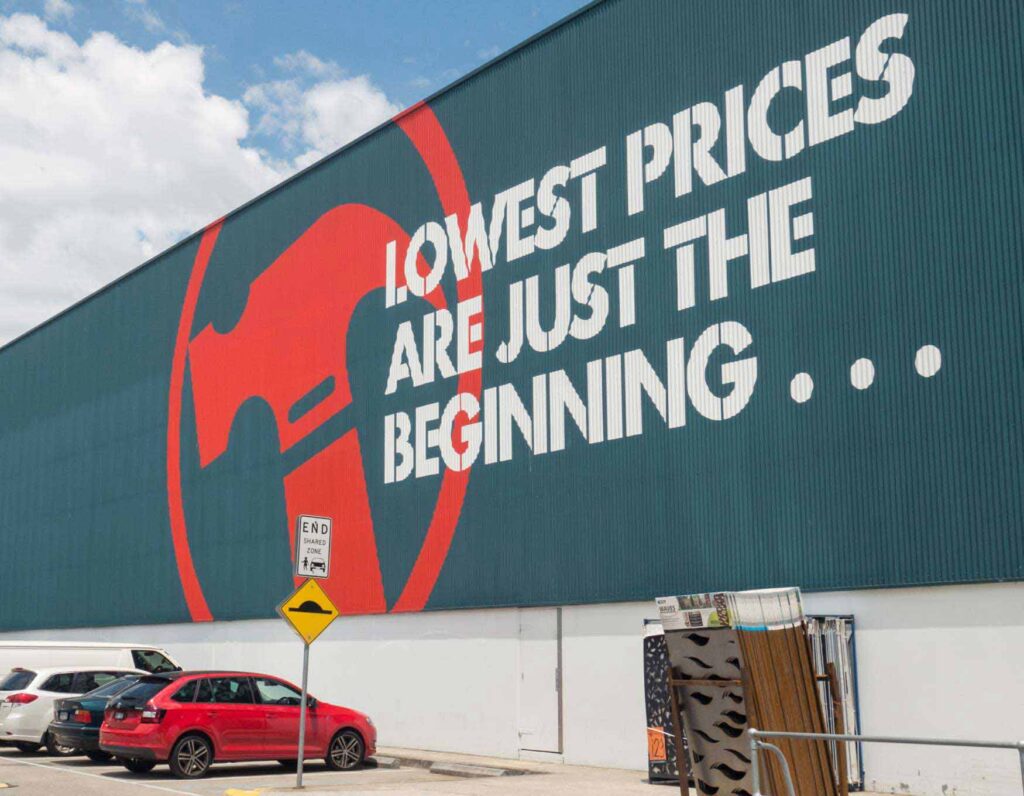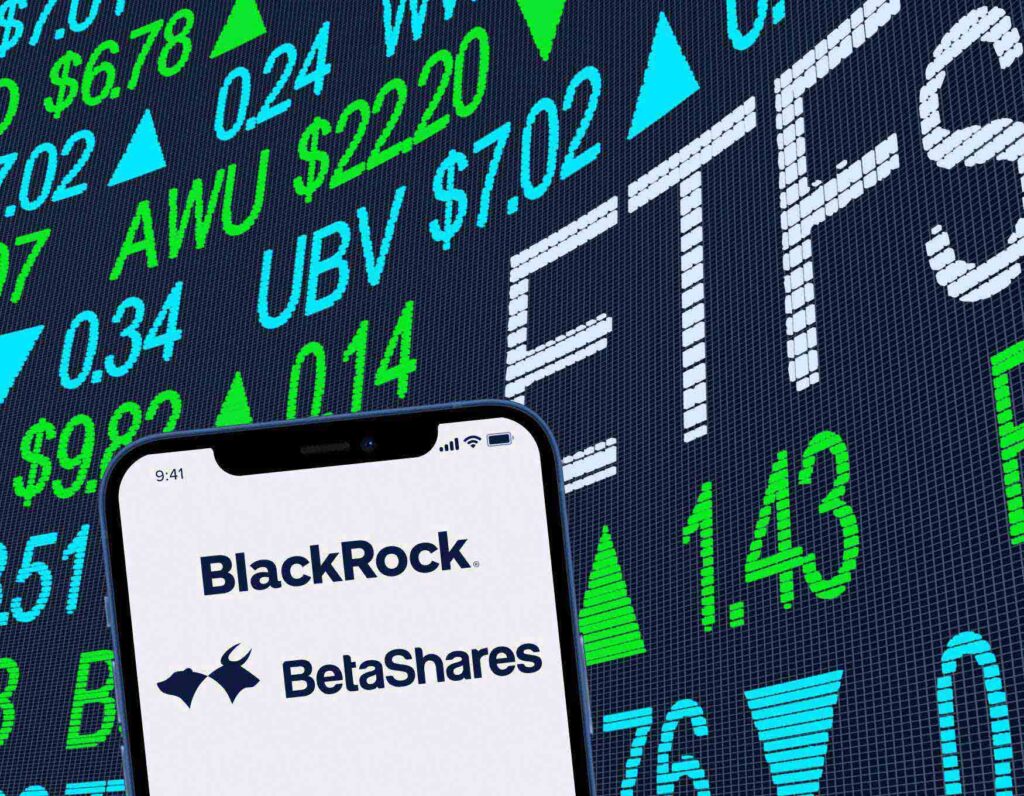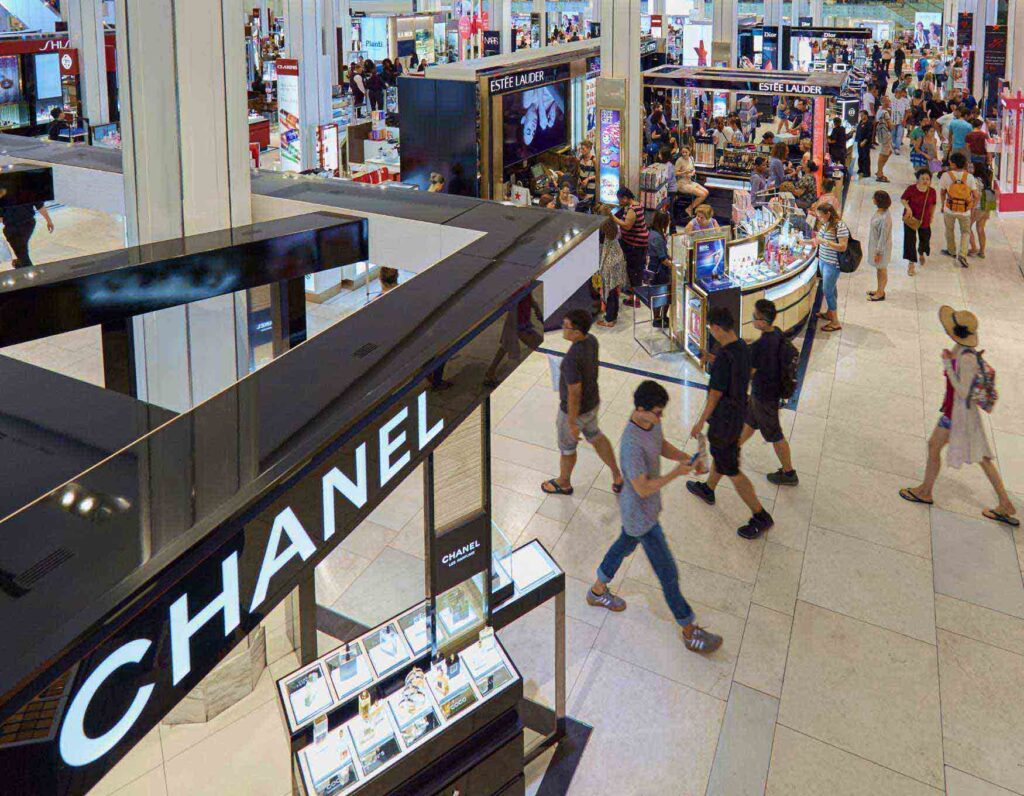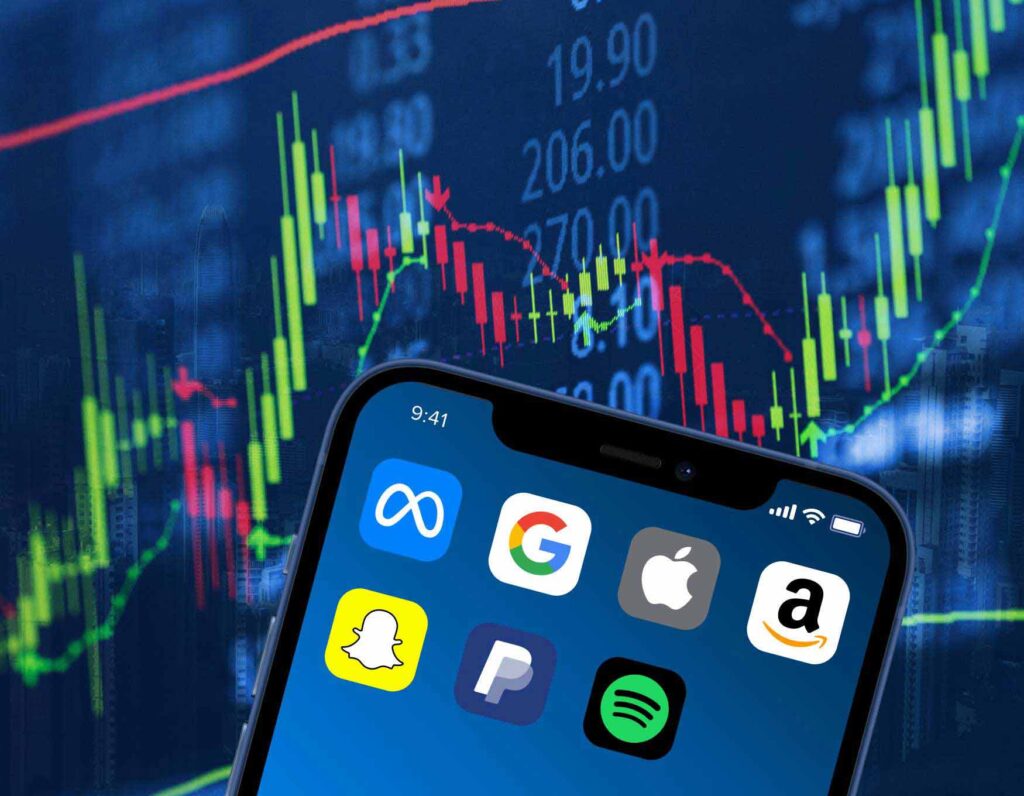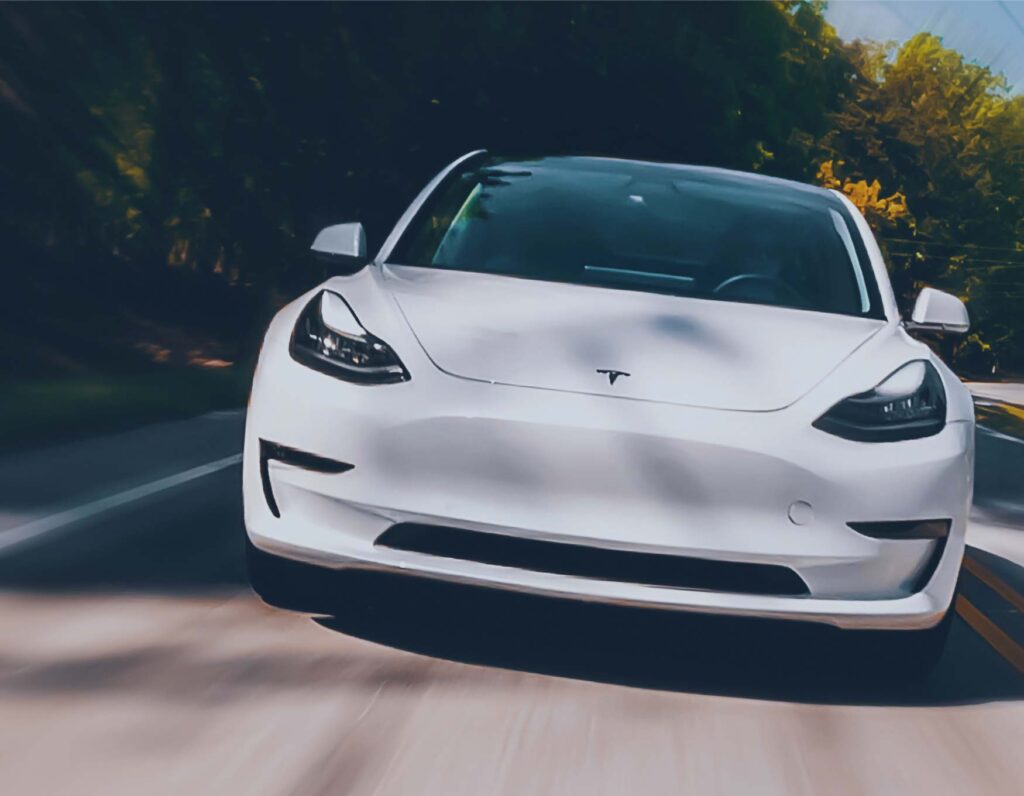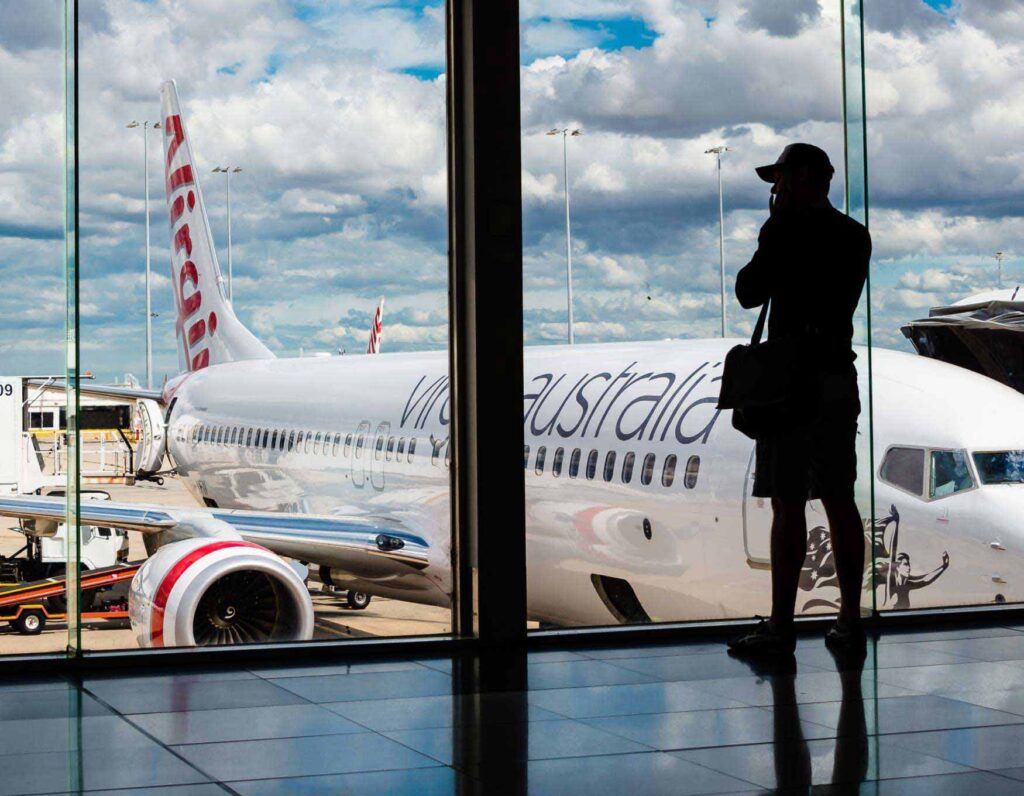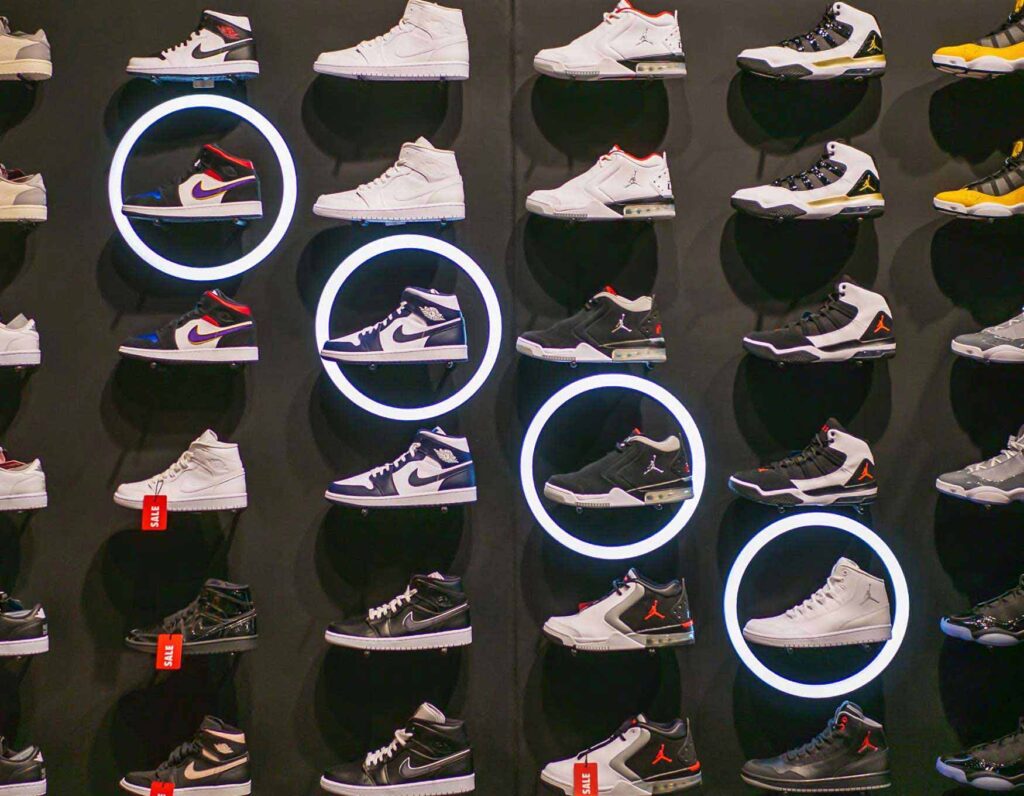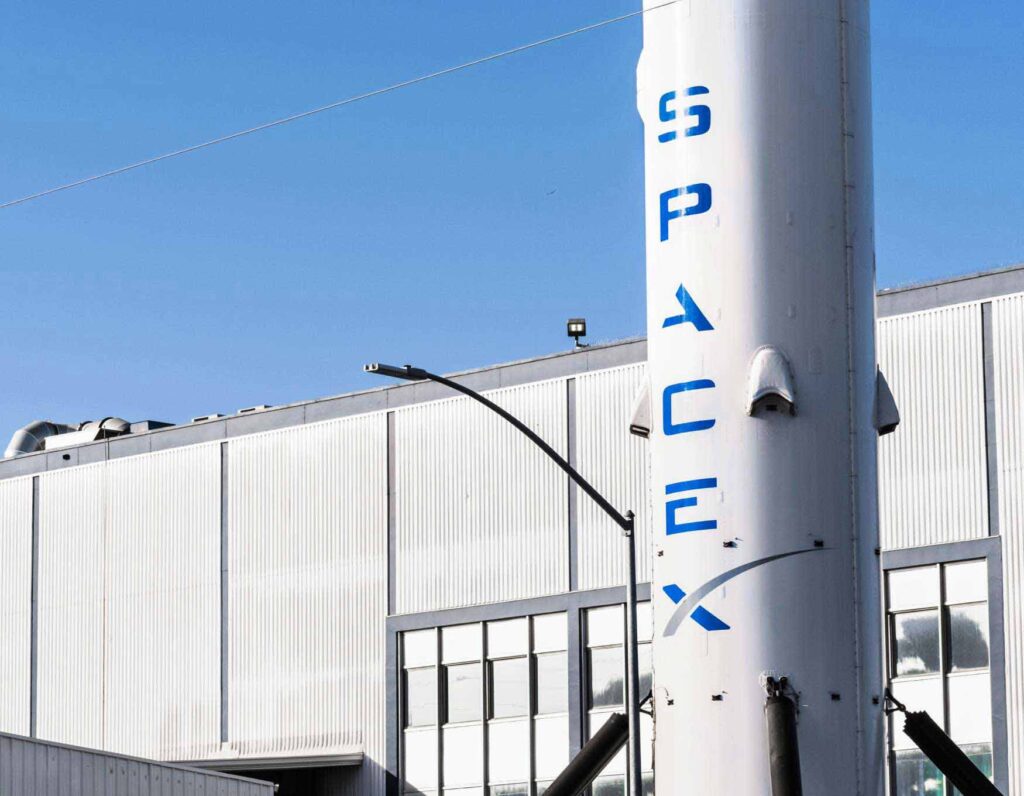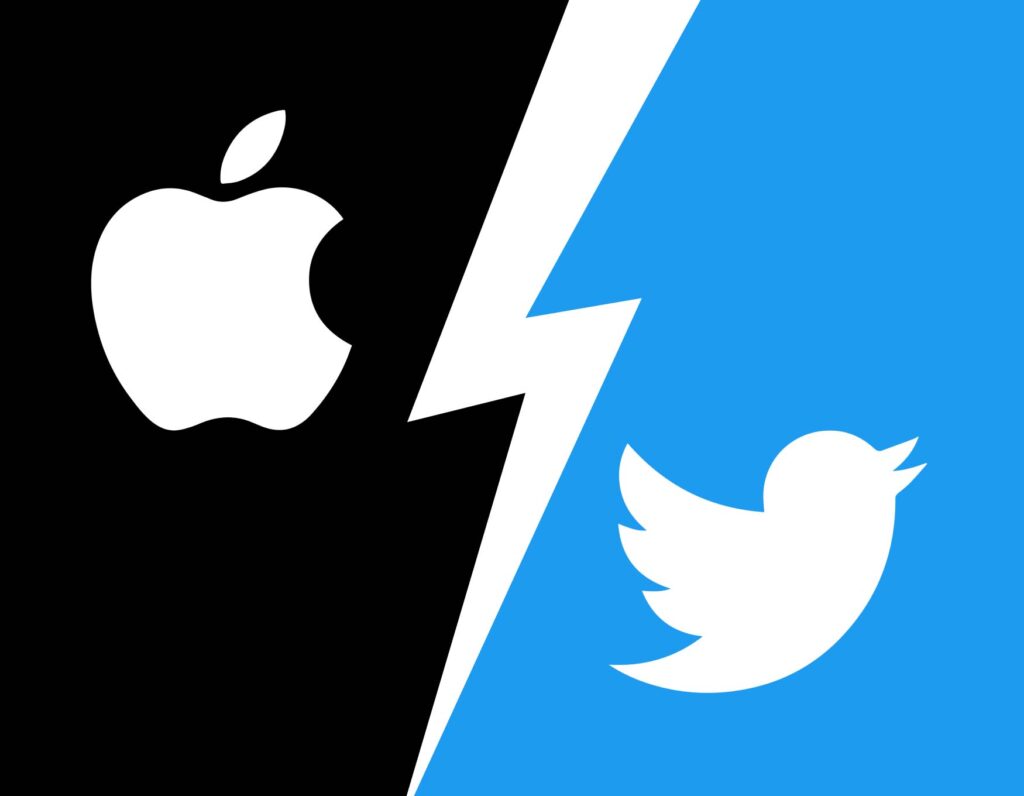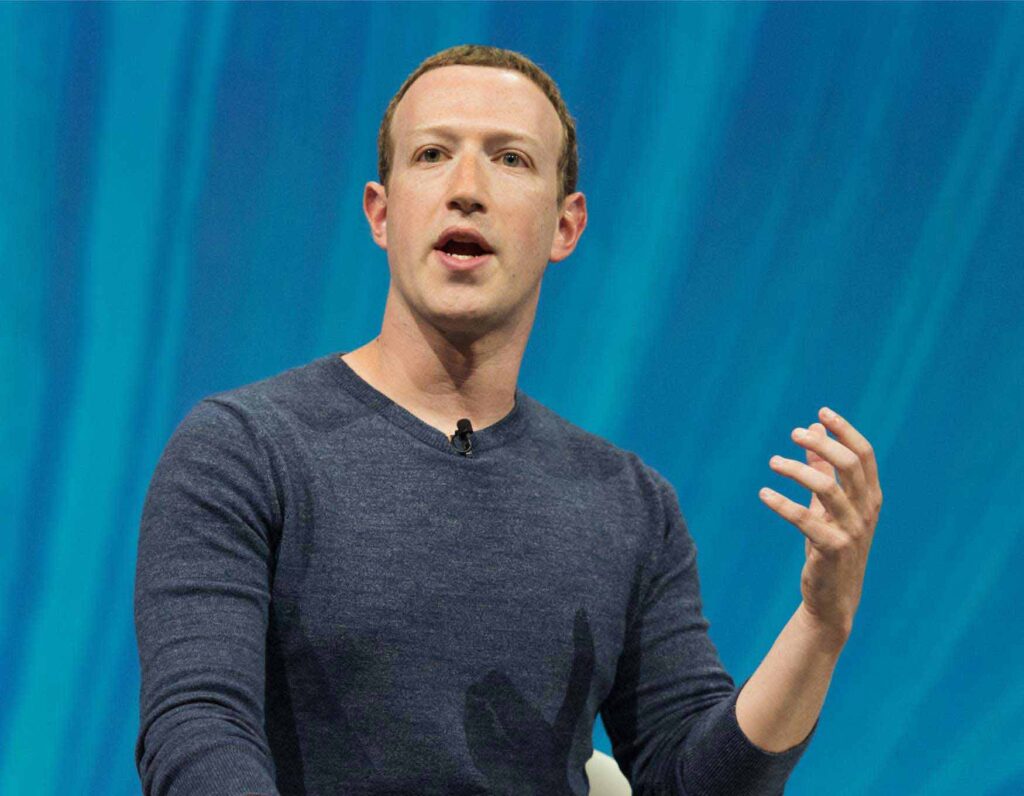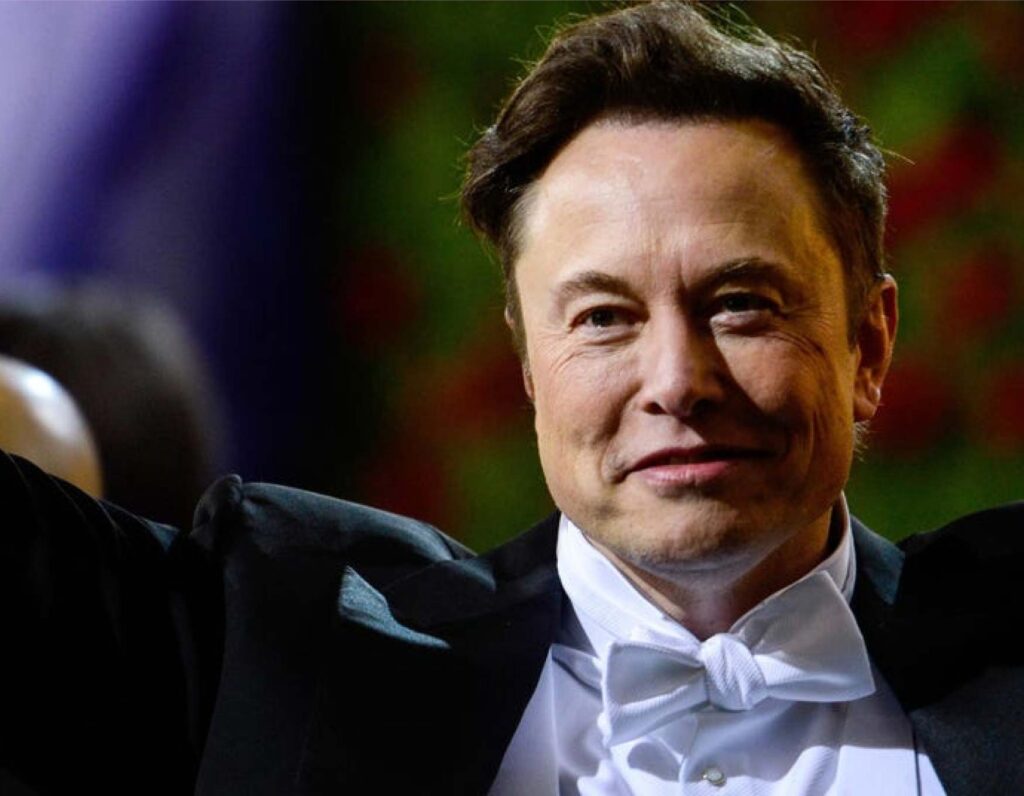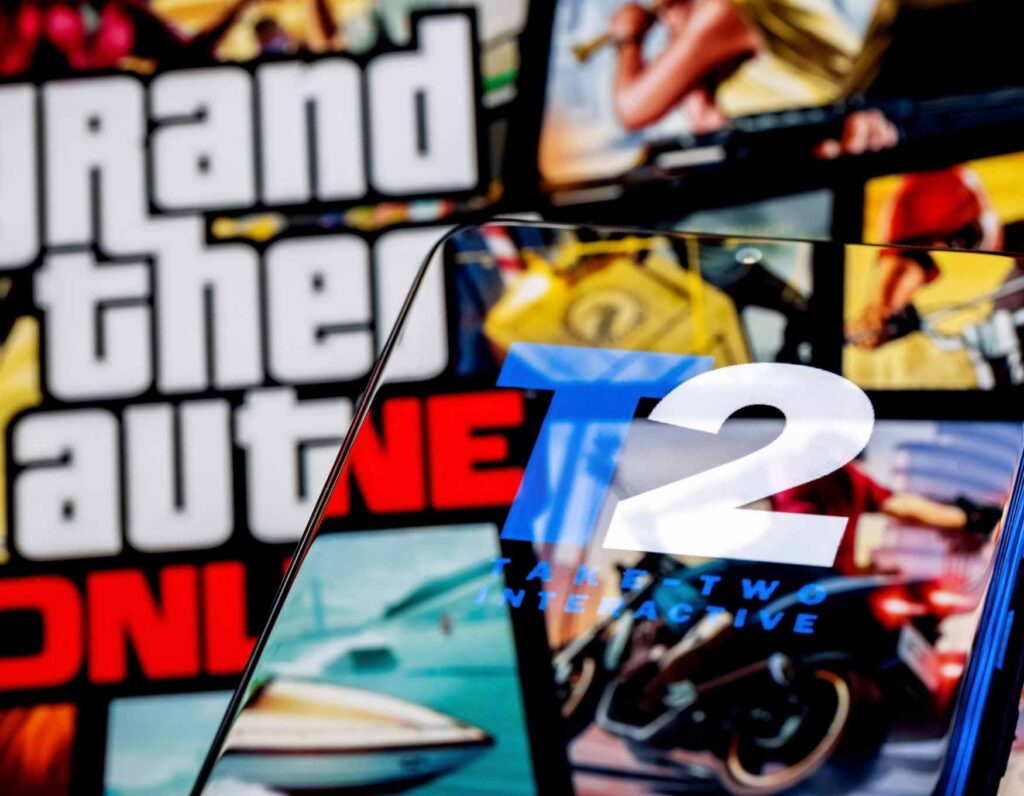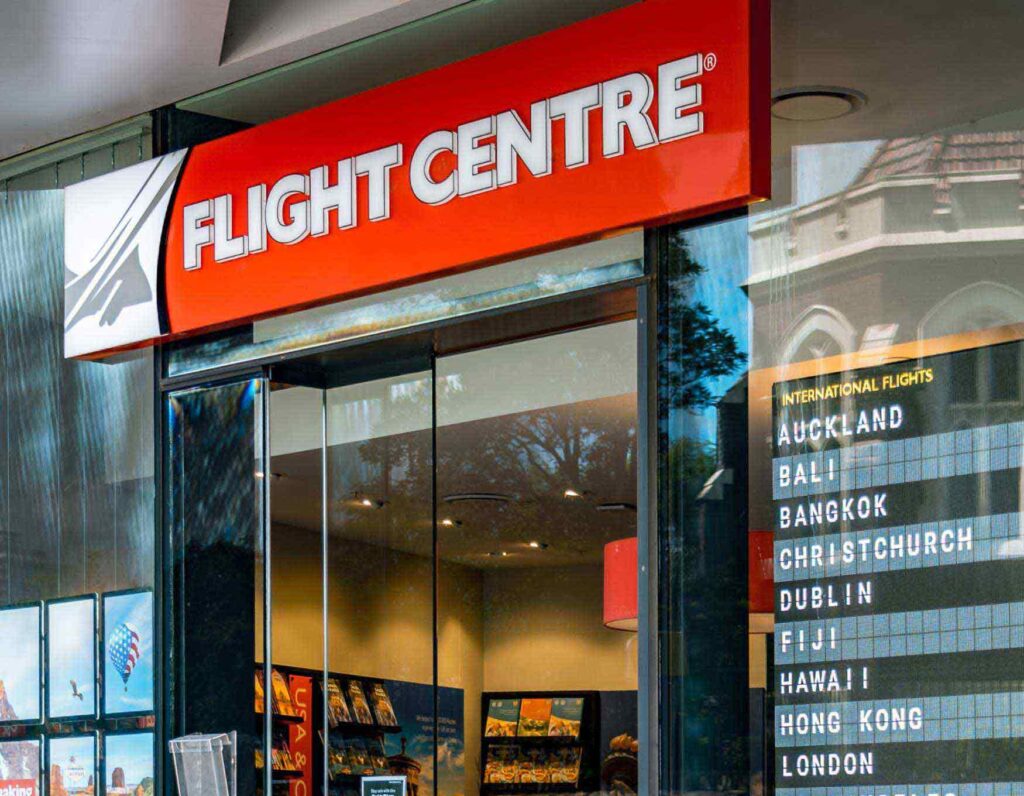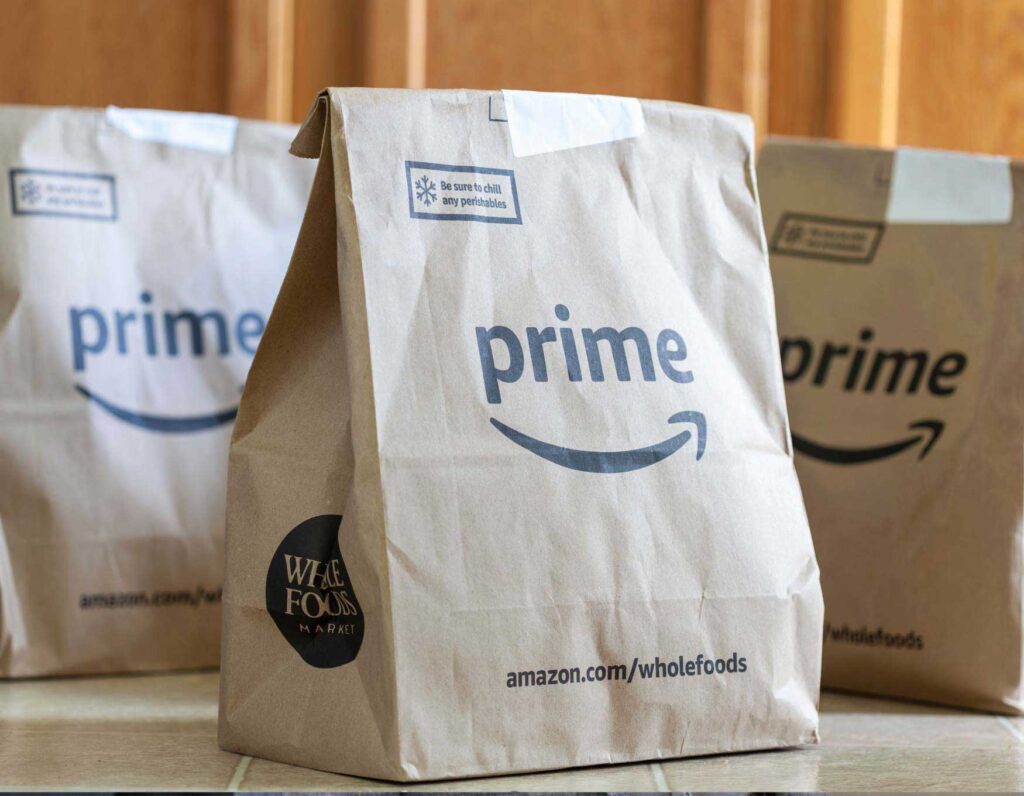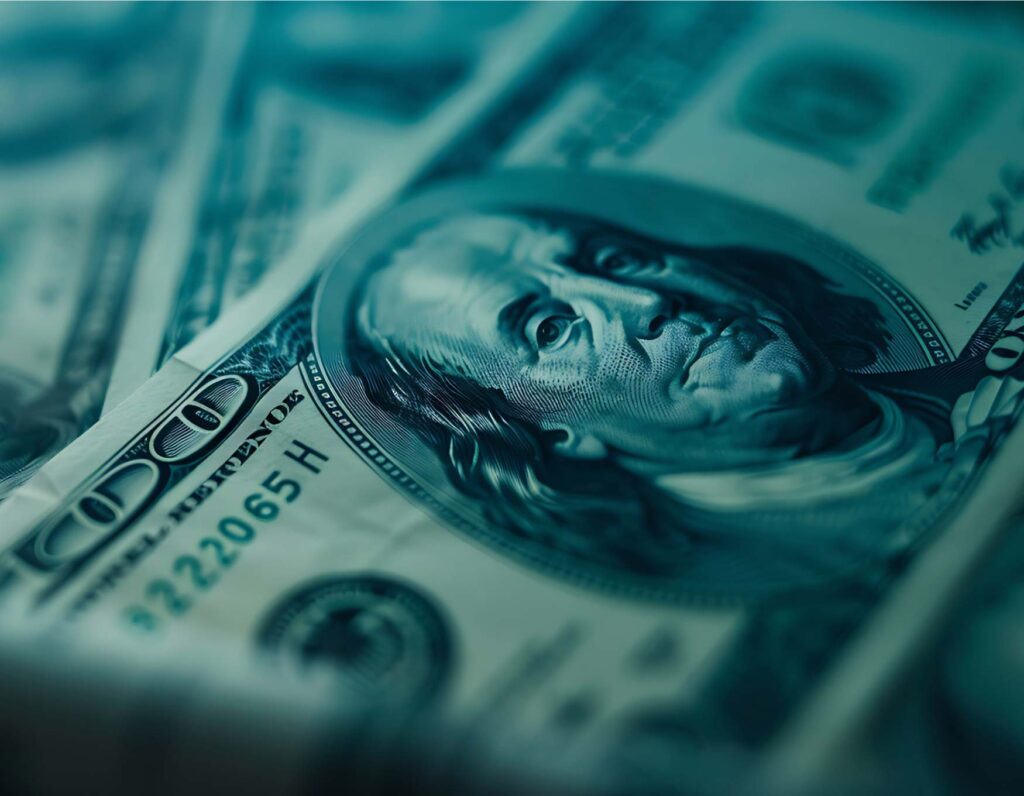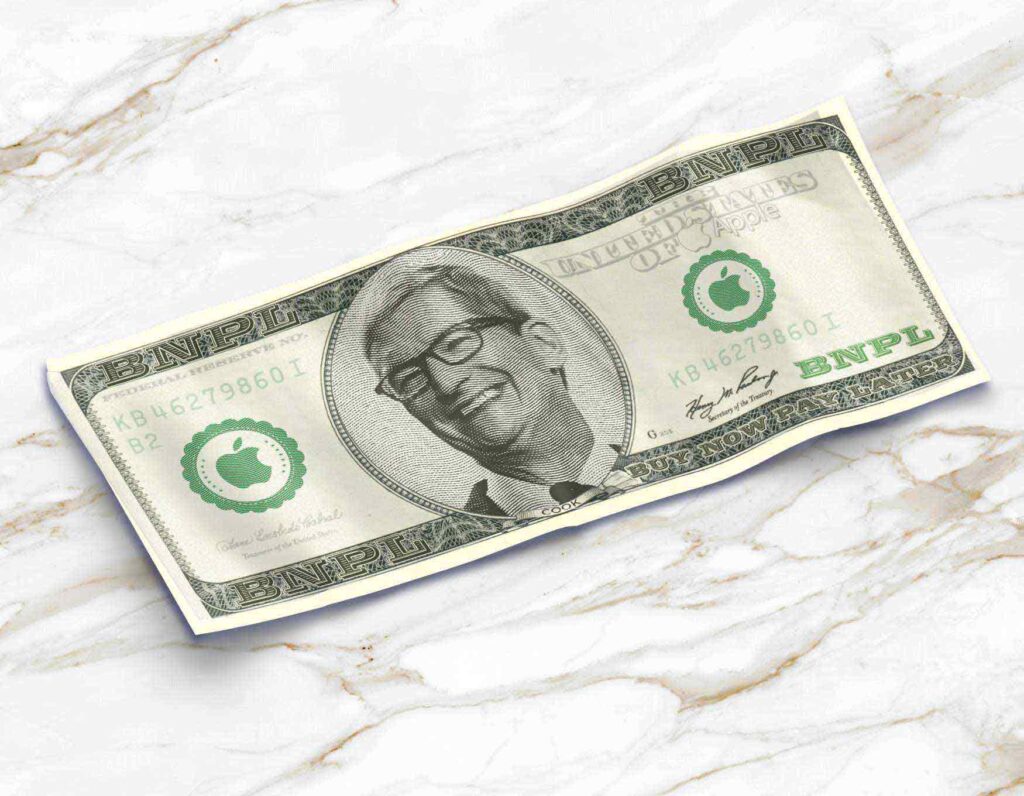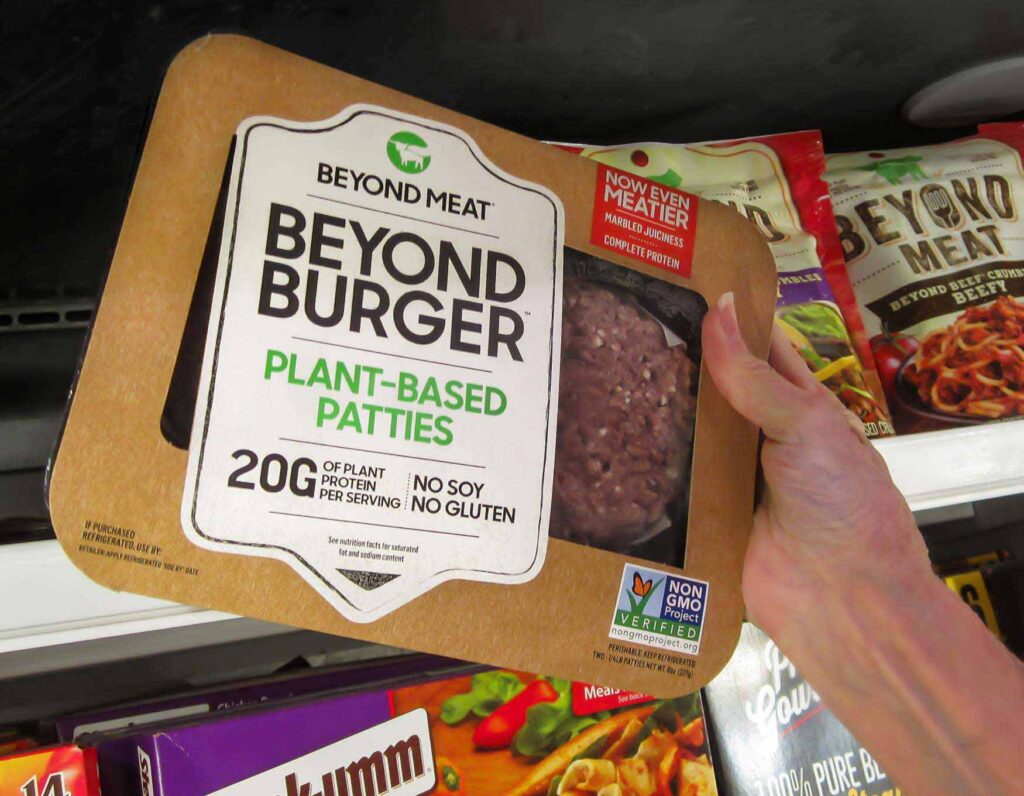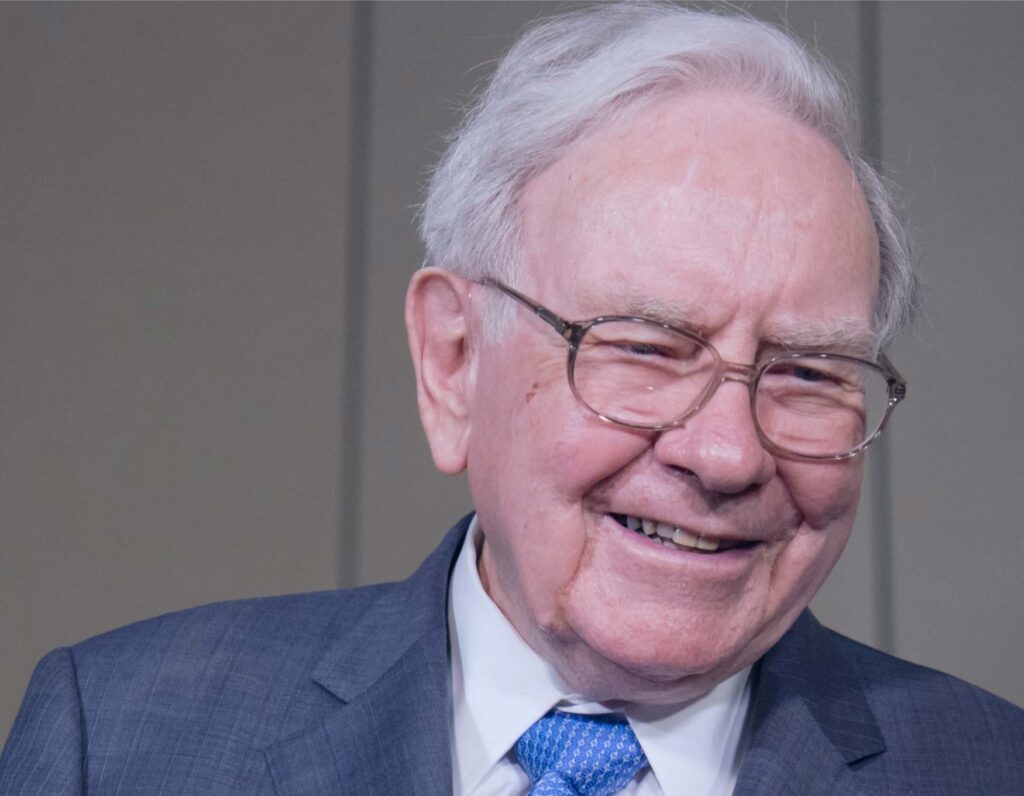Scan this article:
Hey Superheroes,
What a week. The ASX 200 plunged 4% on Monday, soared to its best session since 2020 on Thursday, then slipped again today as traders scrambled to price in the chaos. Over in the U.S., the tech-heavy Nasdaq took the brunt of the pain with the Magnificent Seven shedding more than US$2 trillion in market value.
Volatility didn’t just linger – it surged.
It was enough to spook even the fearless – the Fear & Greed Index hit 3 at one point (and anything below 45 already signals investor fear).
Gold also soared to a record US$3,200/oz as safe haven demand exploded.
Providing some reprieve, Trump decided to put a 90-day pause on some tariffs. But key sectors, especially tech and pharma, are still firmly in the firing line.
Here are this week’s stories.
The Magnificent Sell-Off: Big Tech Gets Burned
Most of the “Magnificent 7” (Apple, Microsoft, Amazon, Alphabet, Meta, Tesla and Nvidia) saw a massive valuation wipeout since Trump’s reciprocal tariffs were announced.
Since the start of April, they’ve collectively lost over US$1 trillion as global trade tensions and hawkish rate commentary spooked investors. At one point they were even close to notching a collective US$2 trillion loss – but have since rebounded slightly.
Driving the sell-off was renewed fear over U.S.-China trade relations.
Beijing has now slapped 84% tariffs on U.S. imports, triggering concerns that supply chains could get caught in the crossfire.
📉 The Fallout for Seven
Here’s how the Magnificent 7 stocks have performed since 2 April 2025, when Trump announced his reciprocal tariffs:
- Apple: -15%
- Microsoft: -0.2%
- Amazon: -7.6%
- Alphabet: -2.2%
- Meta: -6.5%
- Tesla: -10.7%
- Nvidia: -2.6%
While Trump announced his tariffs with the goal of “America First,” global American companies like the Magnificent 7 do not escape the negative impact of tariffs.
Most of the Magnificent 7 rely heavily on international supply chains, particularly in Asia, for manufacturing, sourcing or revenue.
With Trump’s reciprocal tariffs targeting major manufacturing hubs like China, Taiwan and Ireland, production costs are expected to rise and trade routes are tightening.
❓ How the Magnificent 7 are exposed to tariffs
- Apple: ~90% of Apple’s products are assembled in China. With a 145% tariff on Chinese imports, production costs are expected to rise significantly.
- Microsoft: While more diversified, Microsoft still sources key hardware components from China and Taiwan. This could affect both its Surface line and data centre hardware costs which are used to make AI computing possible.
- Amazon: Amazon’s private-label products, many of which are Chinese-made, are now subject to higher import duties. Similarly logistics costs are expected to increase to cover additional costs.
- Google: Google’s hardware products like Pixel phones and Nest devices are mostly produced in Asia. Google also has a partnership with Taiwan-based HTC Corp which it runs smartphone and XR hardware development with.
- Meta: Meta’s Oculus VR hardware is produced in China, making it susceptible to rising costs. There’s also concern that digital services may face regulatory retaliation abroad, pressuring advertising revenues.
- Tesla: Tesla sources many components globally plus owns multiple factories in Shanghai.
- Nvidia: Nvidia’s GPU supply chain is heavily tied to Taiwan and still has multiple contracts with Chinese customers despite the previous bans on chip exports.
🧭 What’s Next for the Magnificent 7?
While markets have clawed back some losses, uncertainty still lingers. The Magnificent 7 are especially highlighted amongst others due to their presence in the portfolios of multiple managed funds, ETFs and even superannuation funds.
On the bright side, all seven companies have begun searching for solutions to lower the negative impact of the rising trade war on their bottom line.
What’s next will mainly depend on how geopolitics go: whether Trump will extend or ease sector-specific tariffs and whether China continues to retaliate.
Medical stocks slump as Trump targets pharmaceuticals
Despite excluding it in last week’s list of tariffed goods, President Trump has since announced plans to implement a “major” tariff on pharmaceutical imports.
🌍 CSL especially hit
The announcement hit Aussie biotechs hard as A$1.6 billion in exports may be hit. ASX heavyweight CSL, expected to be hit most, tumbled 5% on the news.
CSL’s plasma-based therapies and vaccines have strong U.S. exposure, making it especially vulnerable to protectionist policies.
We’ll just have to wait and see whether Trump pushes through with this tariff.
🔦 Some other things we’re shining the Spotlight on:
MORE TARIFFS, LESS IPOs : Both Klarna and 1Komma5 are putting their Wall Street dreams on hold. The Swedish fintech giant (valued at over US$15 billion) and German clean energy startup (valued at ~US$1 billion) were initially scheduled to debut on the NYSE and Nasdaq this year but decided to hold off due to Trump’s tariff announcements.
STEEL DEAL GONE COLD: Nippon Steel had put in a US$15 billion offer to acquire U.S. steel back in 2023, but the Biden administration moved to block it then. This time, it looks like the Japanese steelmaker is still out of luck – Trump just said he’d rather see the latter remain in American hands. U.S. Steel shares jumped by as much as 21% on the day of the news.
AI CHIPS UNCHAINED: Nvidia just scored a win in the trade war crossfire. The U.S. greenlit continued sales of its H20 AI chips to China, lifting a major overhang on the stock. While the H20 isn’t as powerful as Nvidia’s Blackwell chips sold in the U.S., it’s the most advanced model still allowed under export controls.
Keep up to date on the markets by following us on Instagram @superheroau.

Become a part of
our investor community
Why you should join us:
- Join free and invest with no monthly account fees.
- Fund your account in real time with PayID.
- Get investing with brokerage from $2. Other fees may apply for U.S. shares.
Read our latest articles
Make knowledge your superpower and up your skills and know-how with our news, educational tools and resources.


